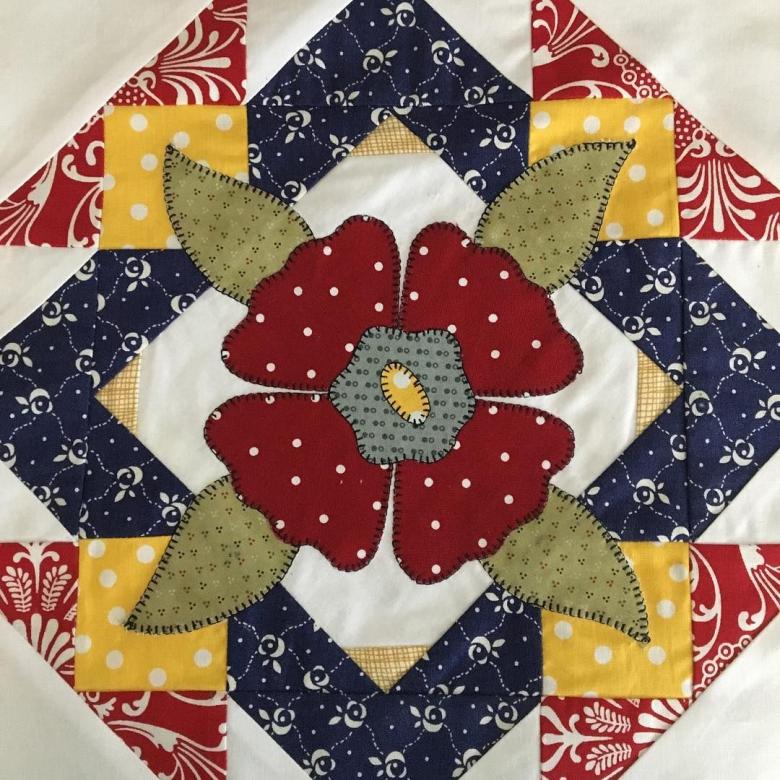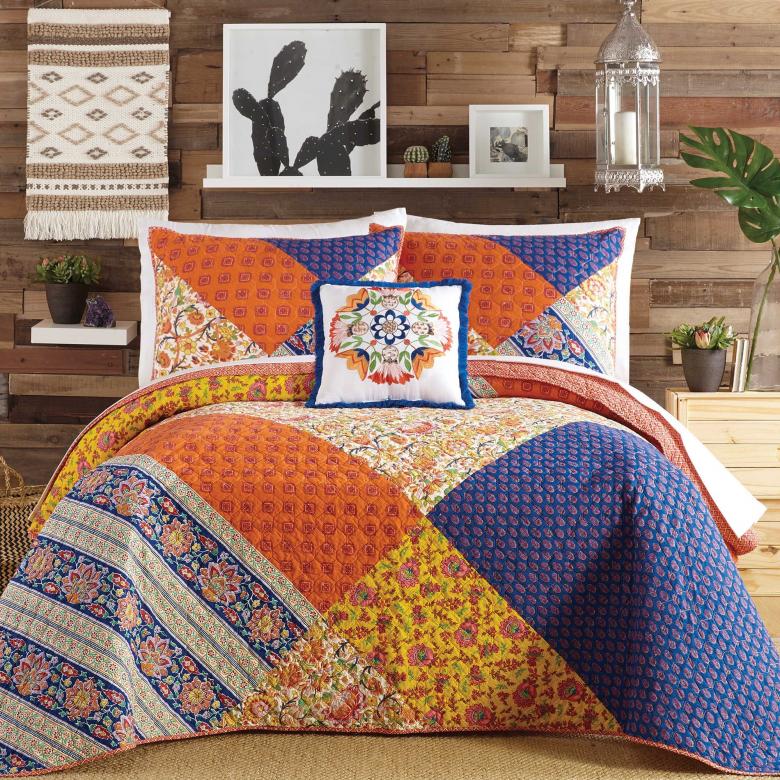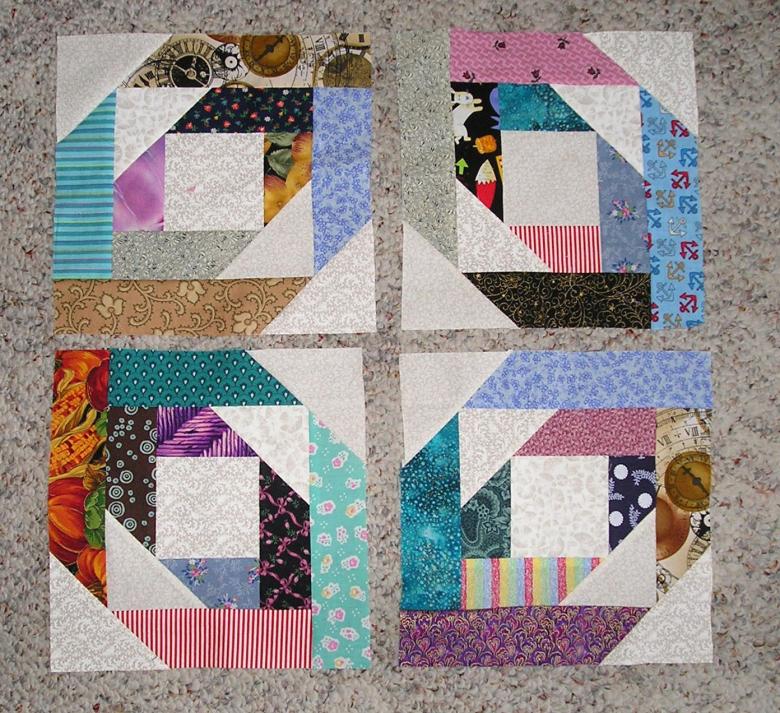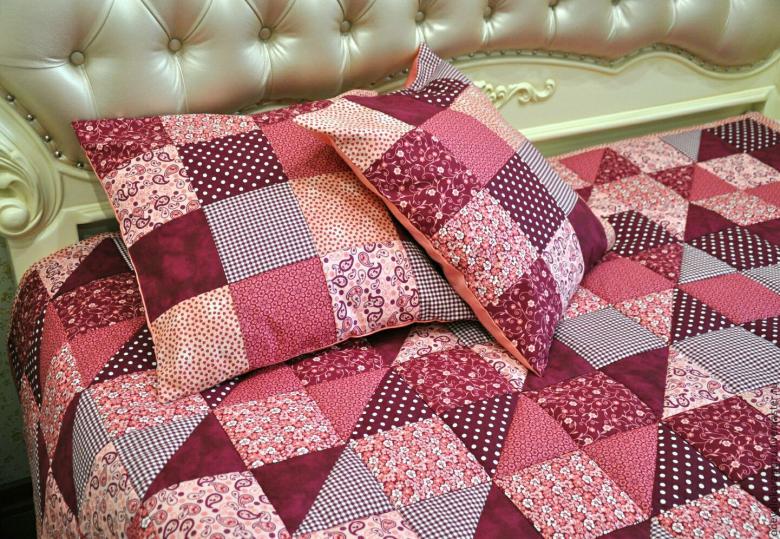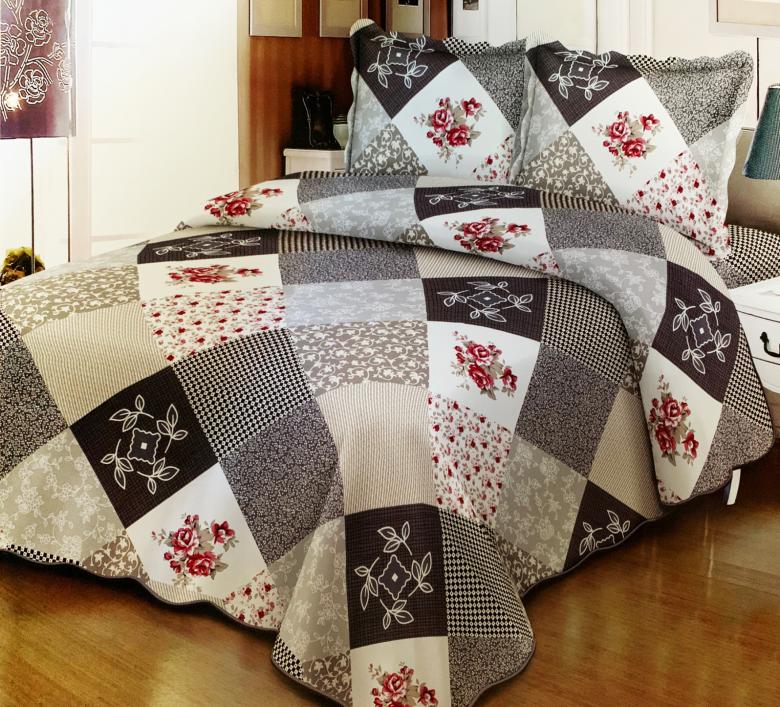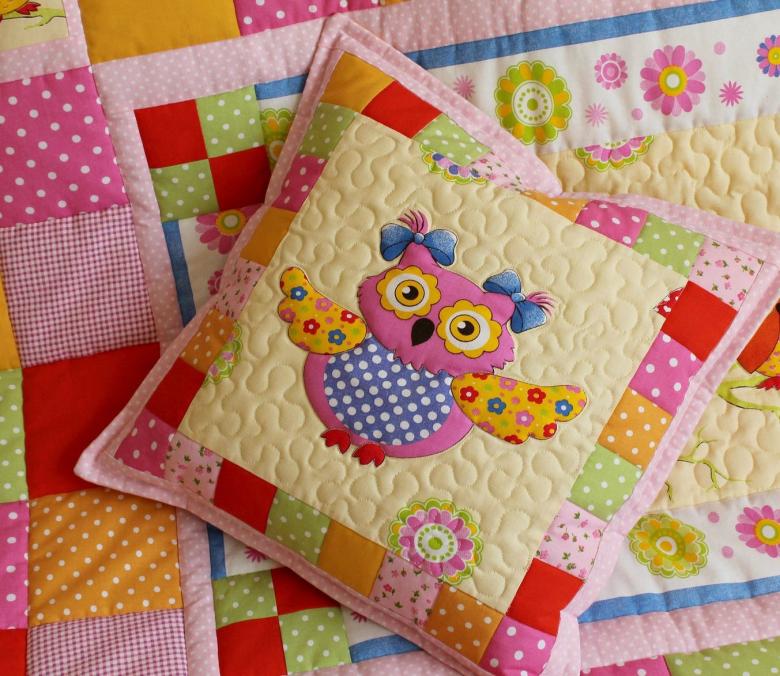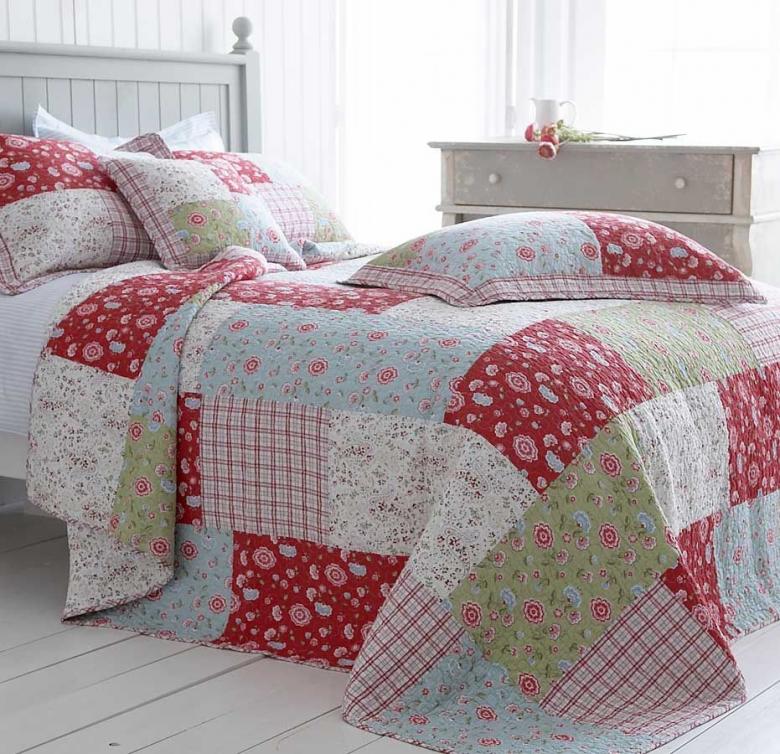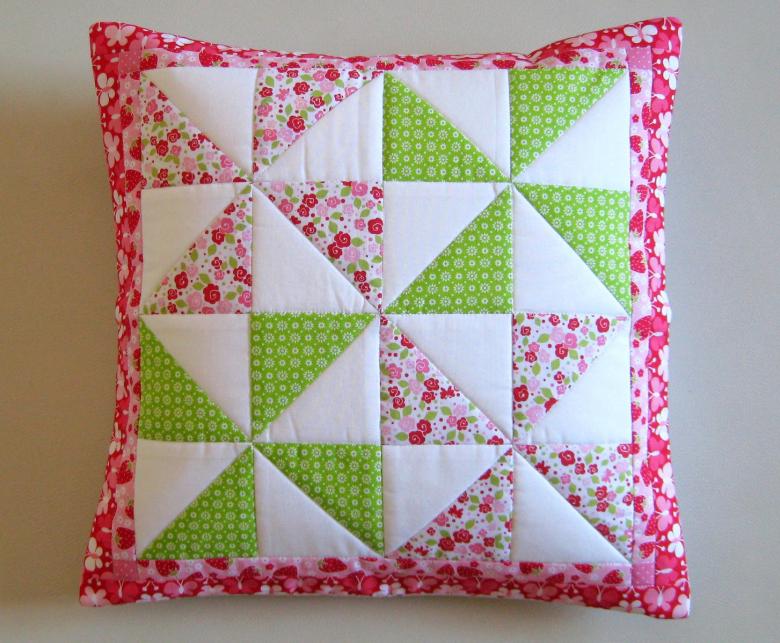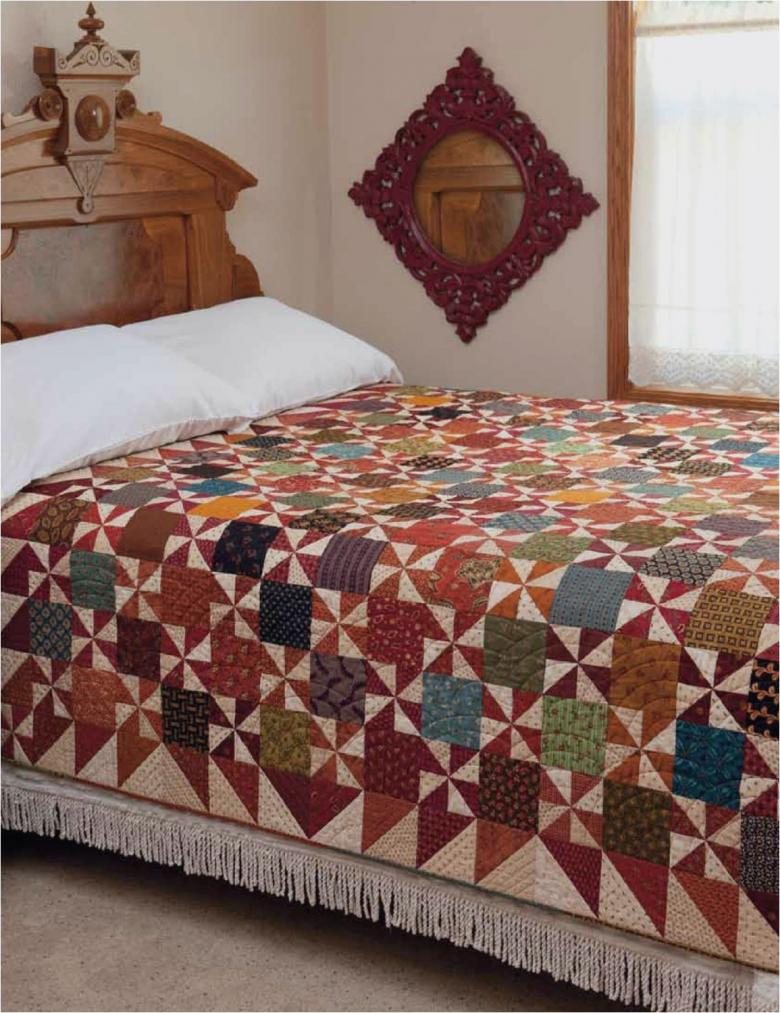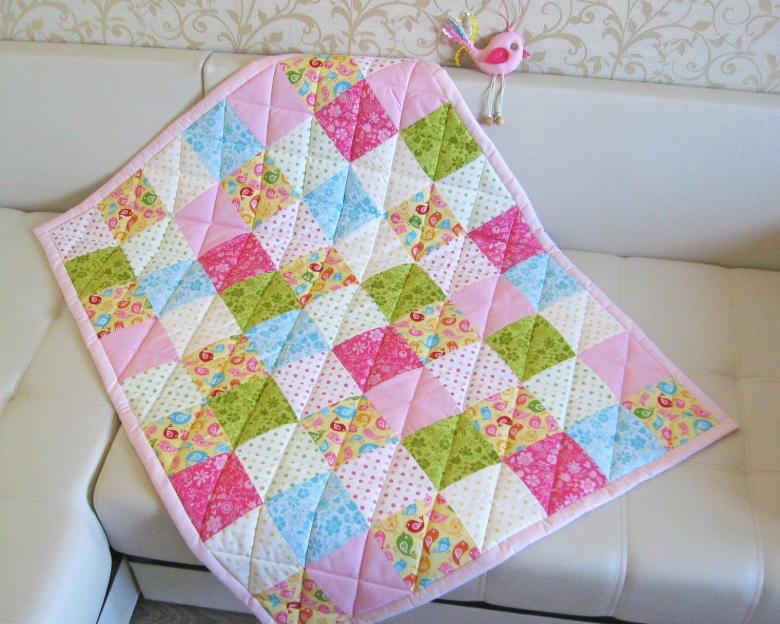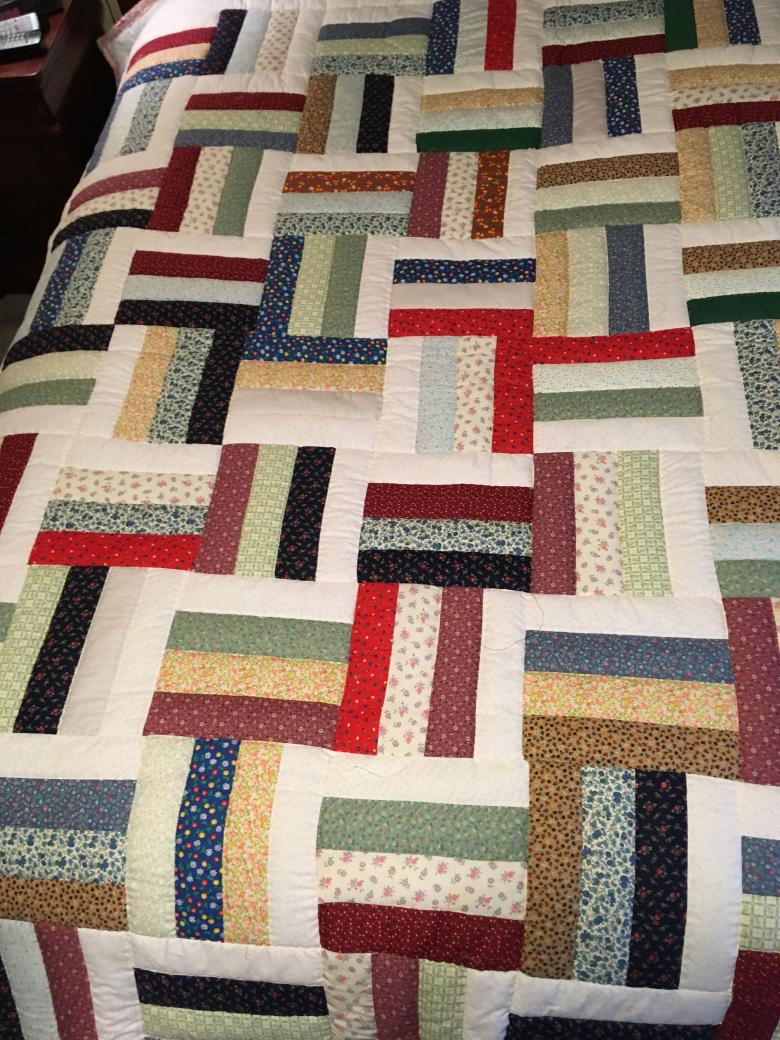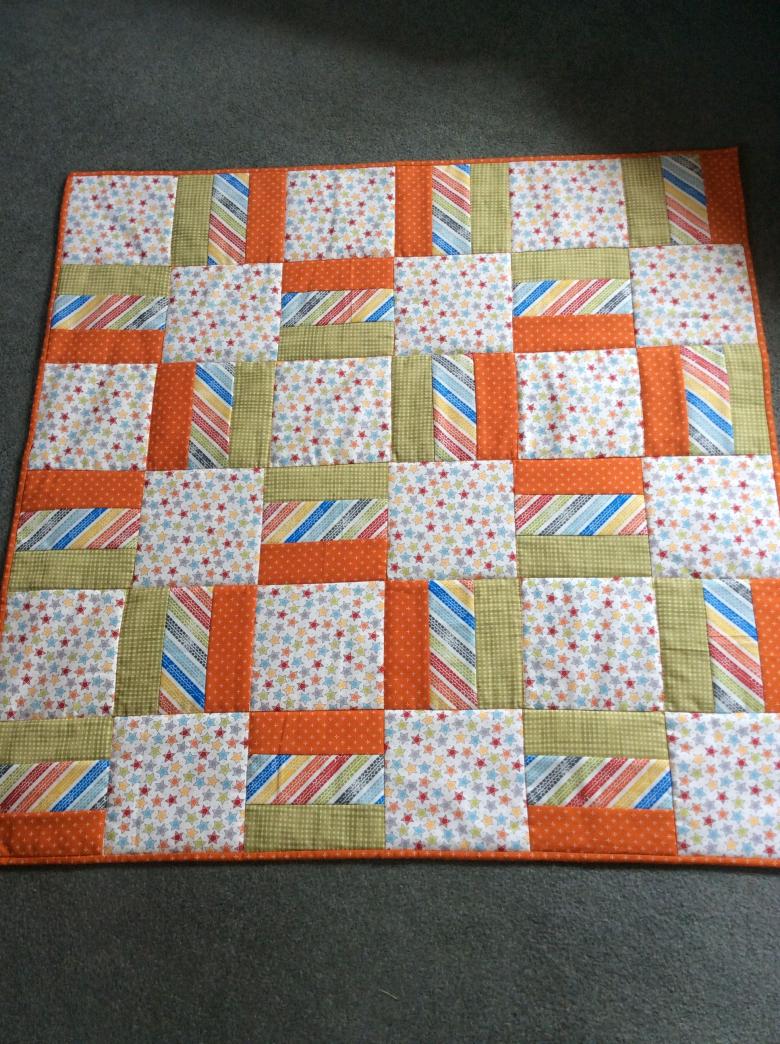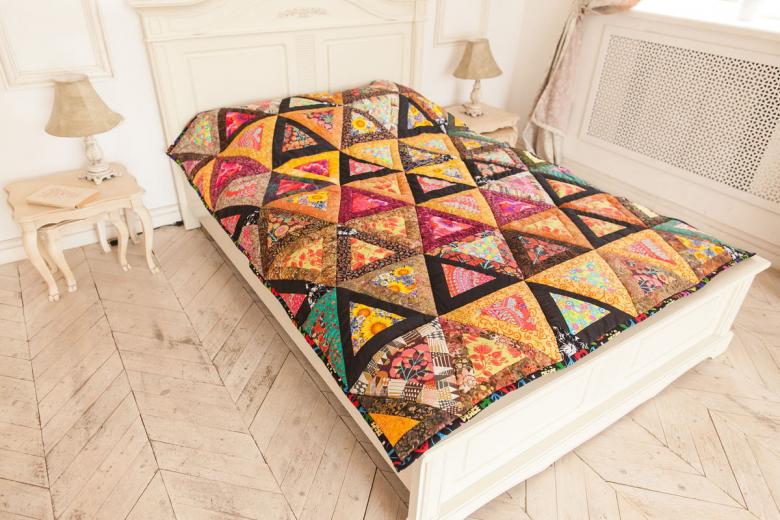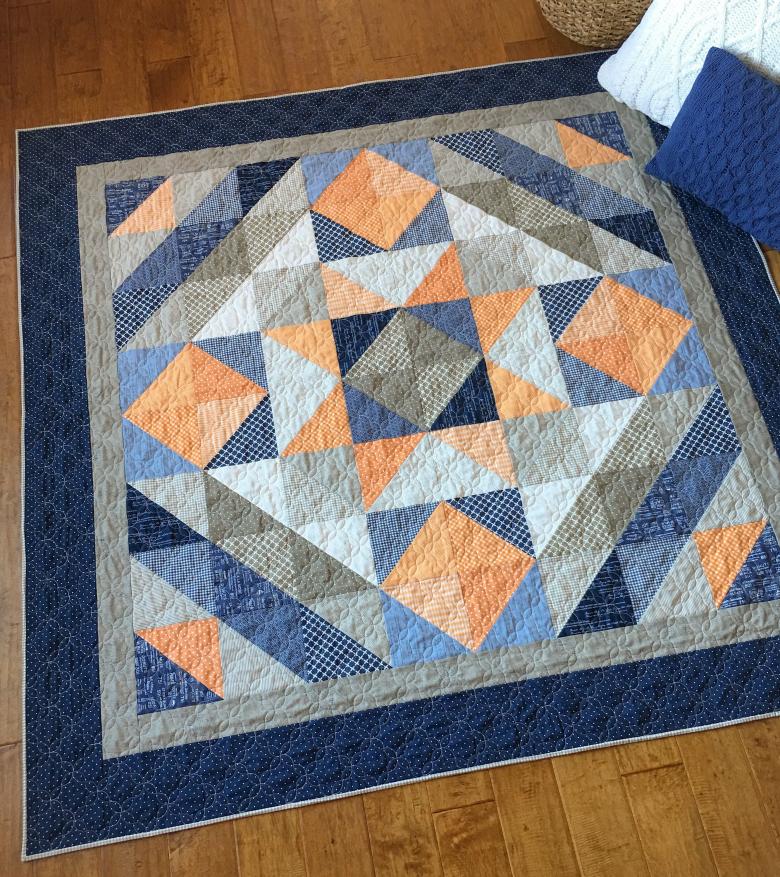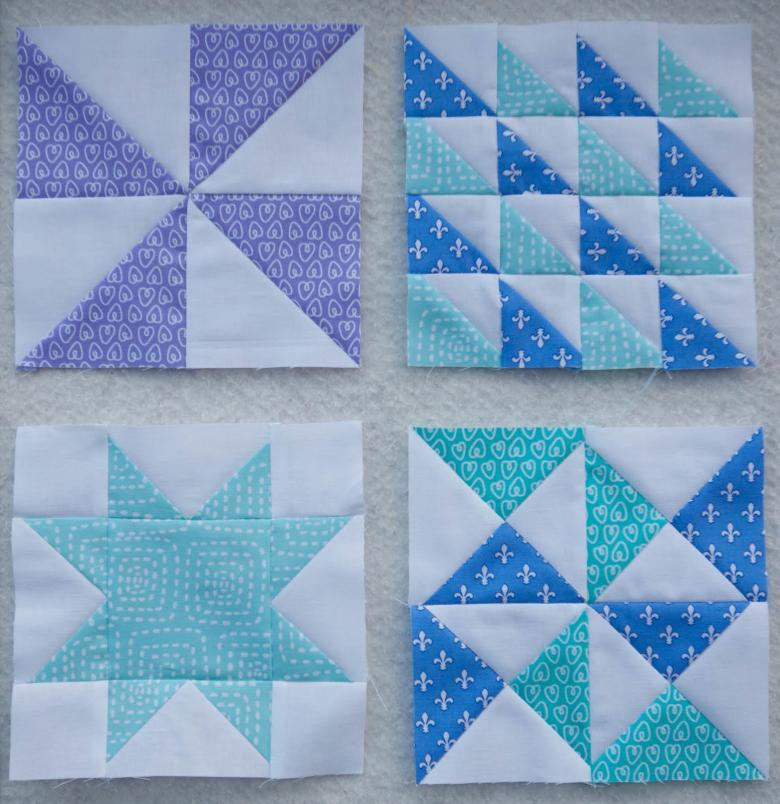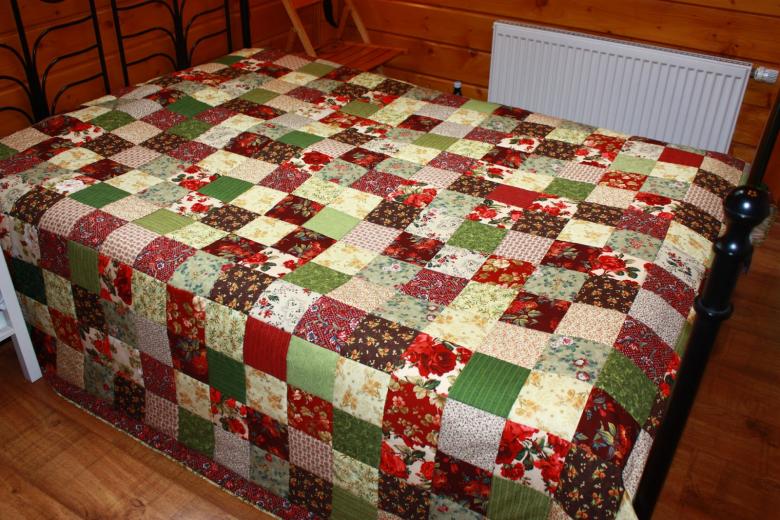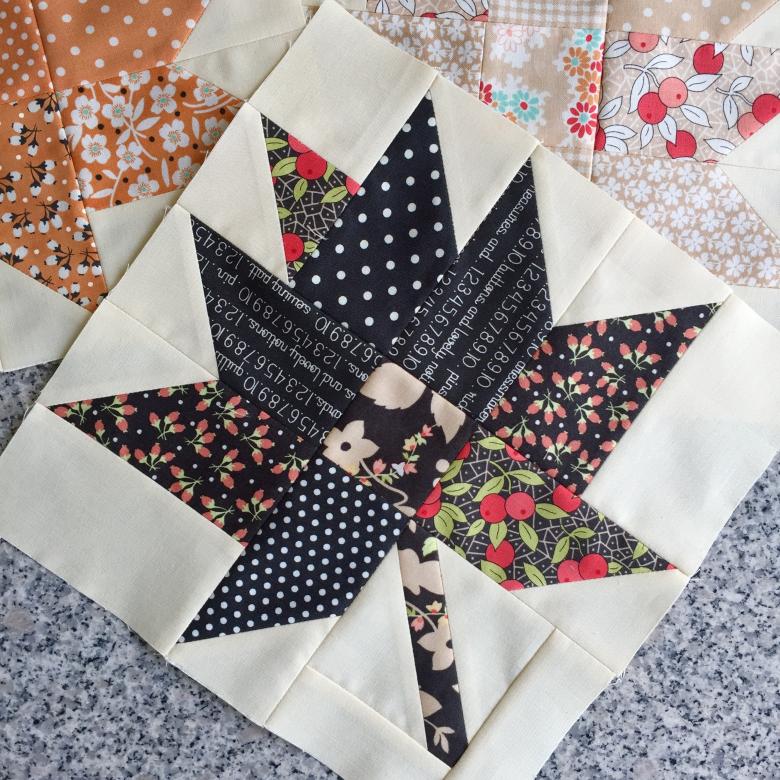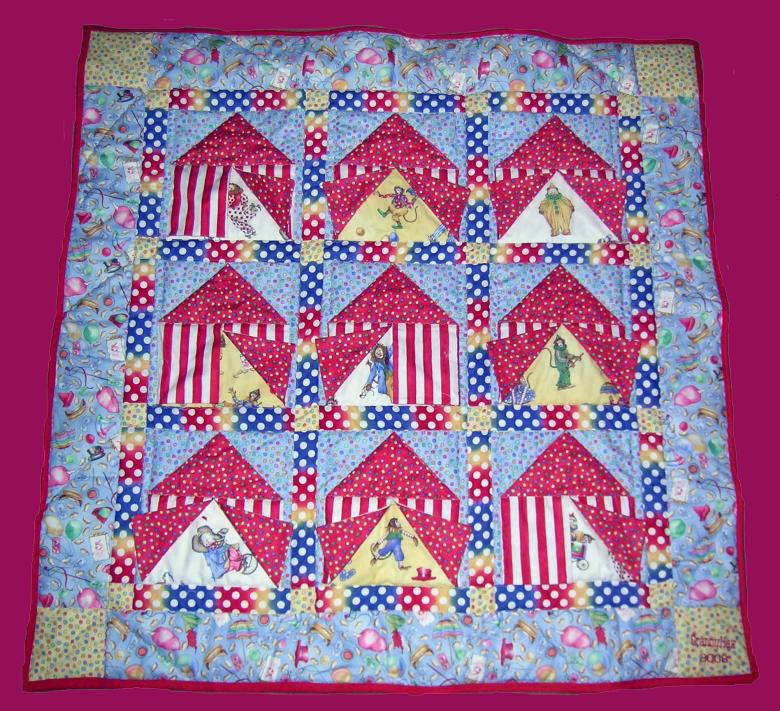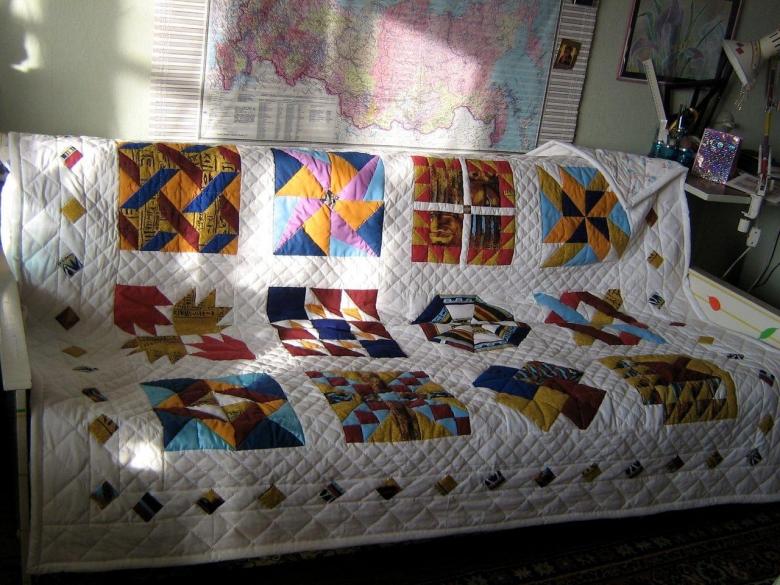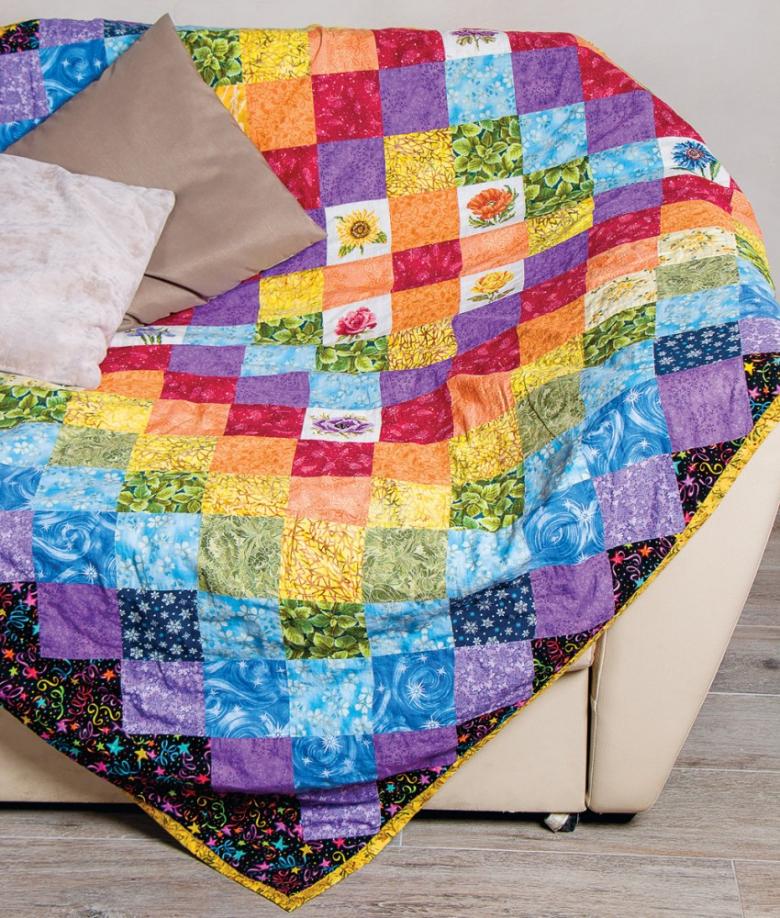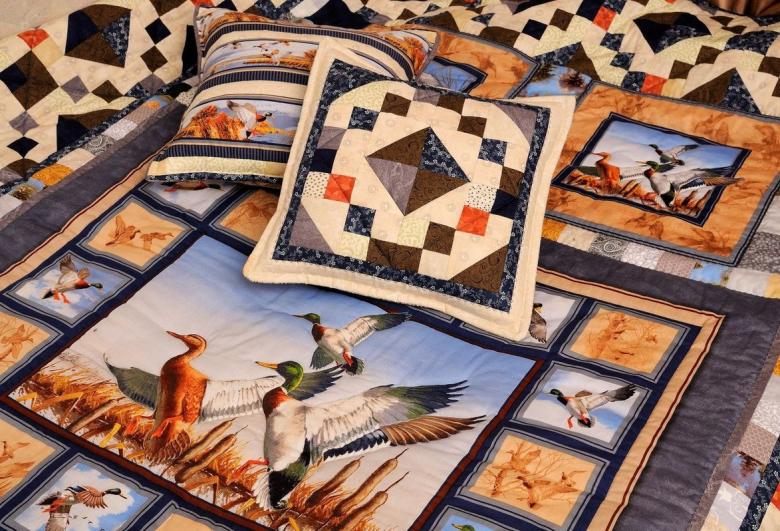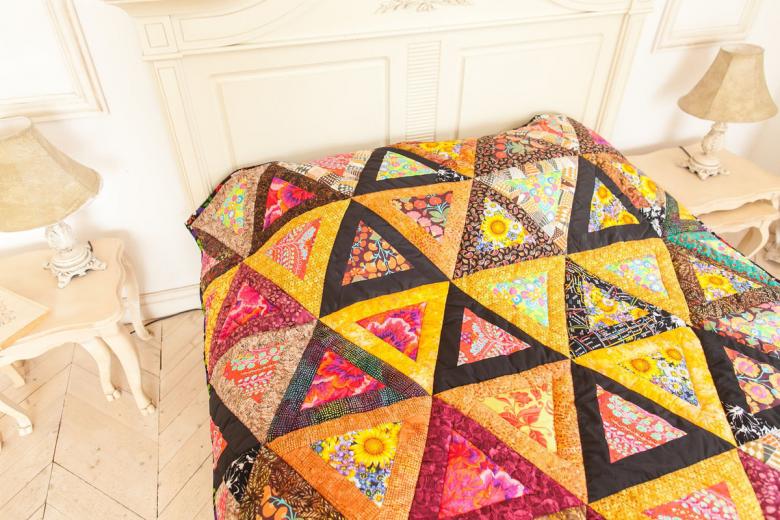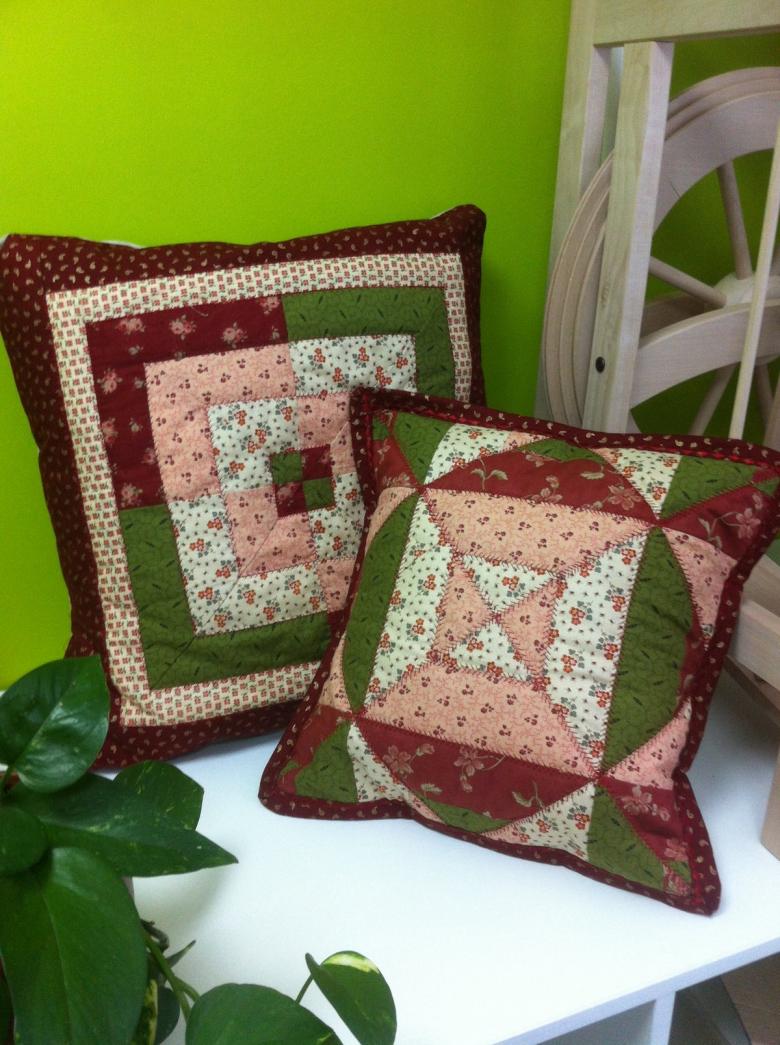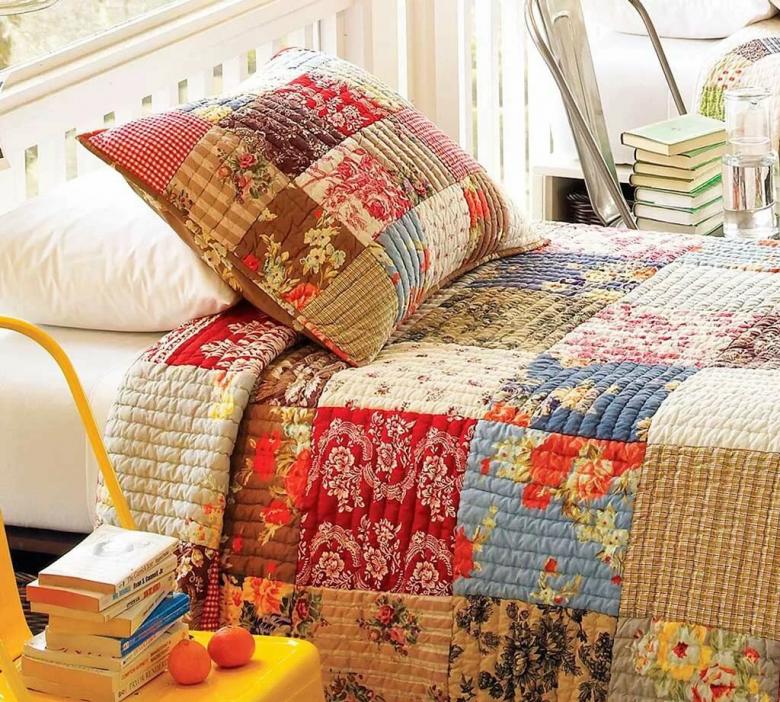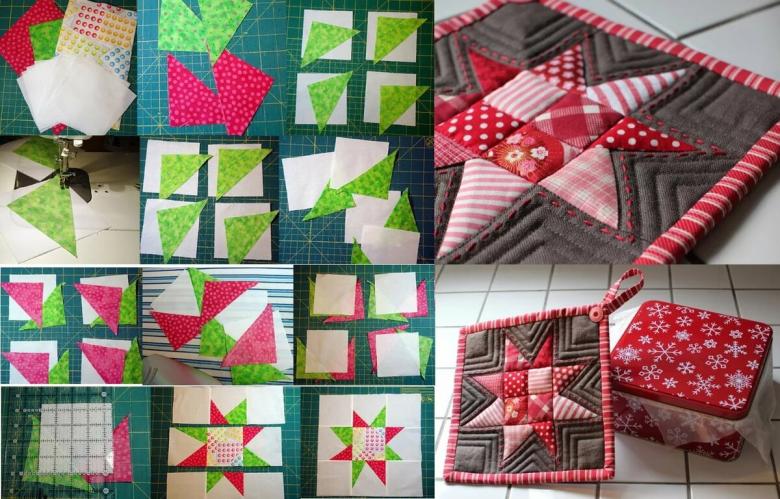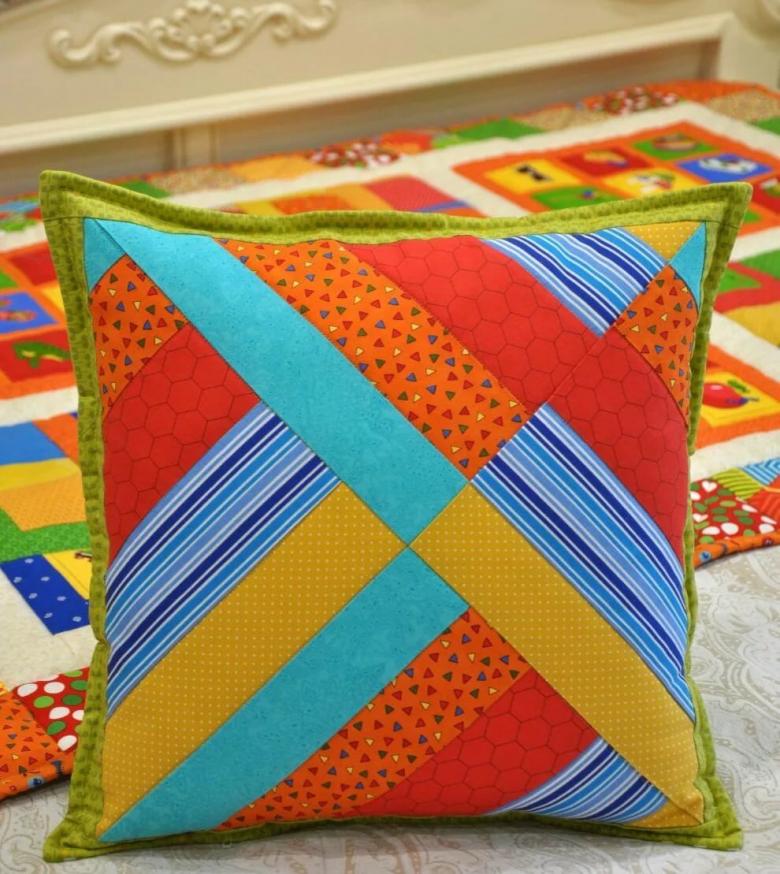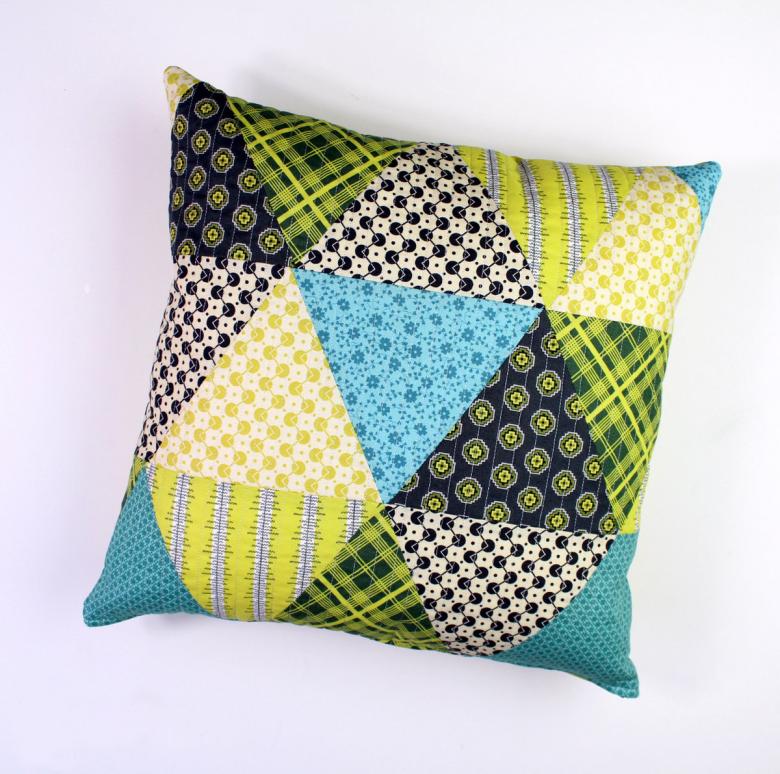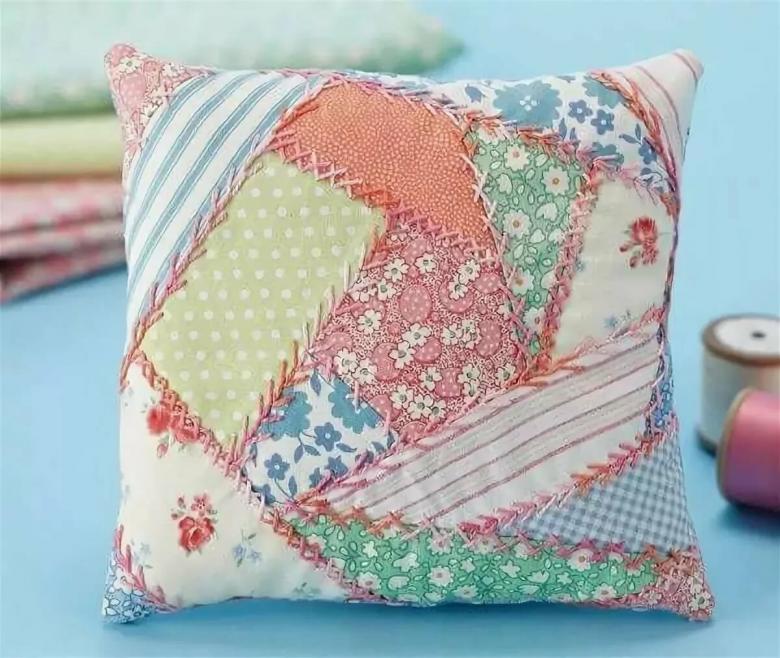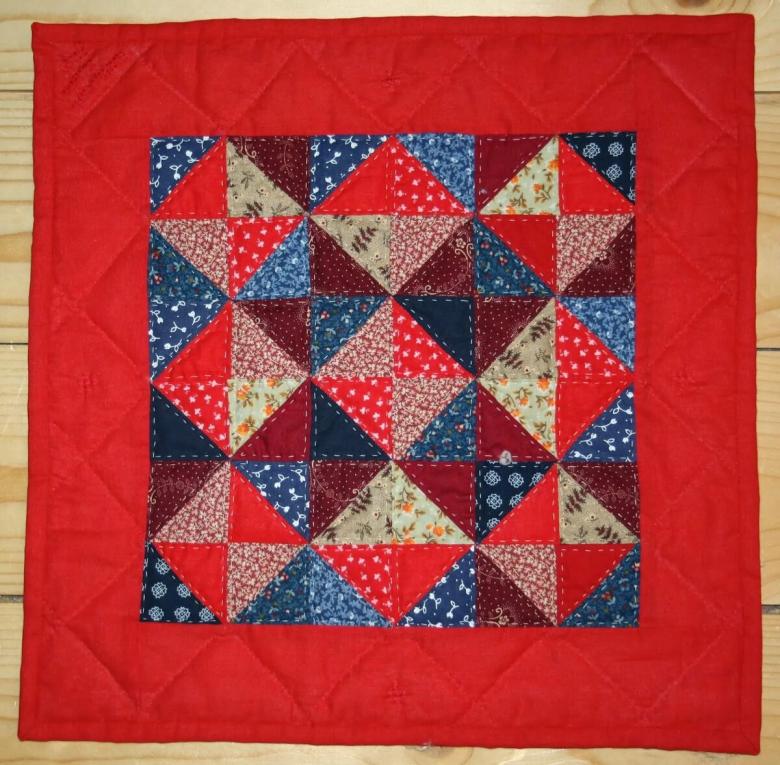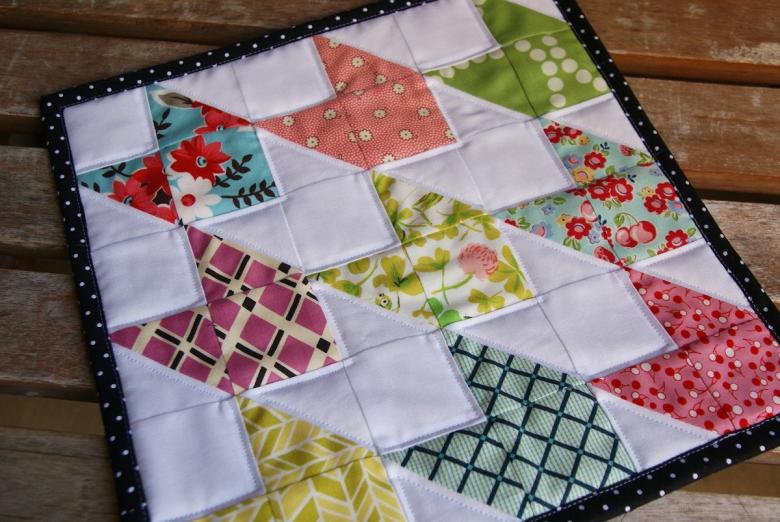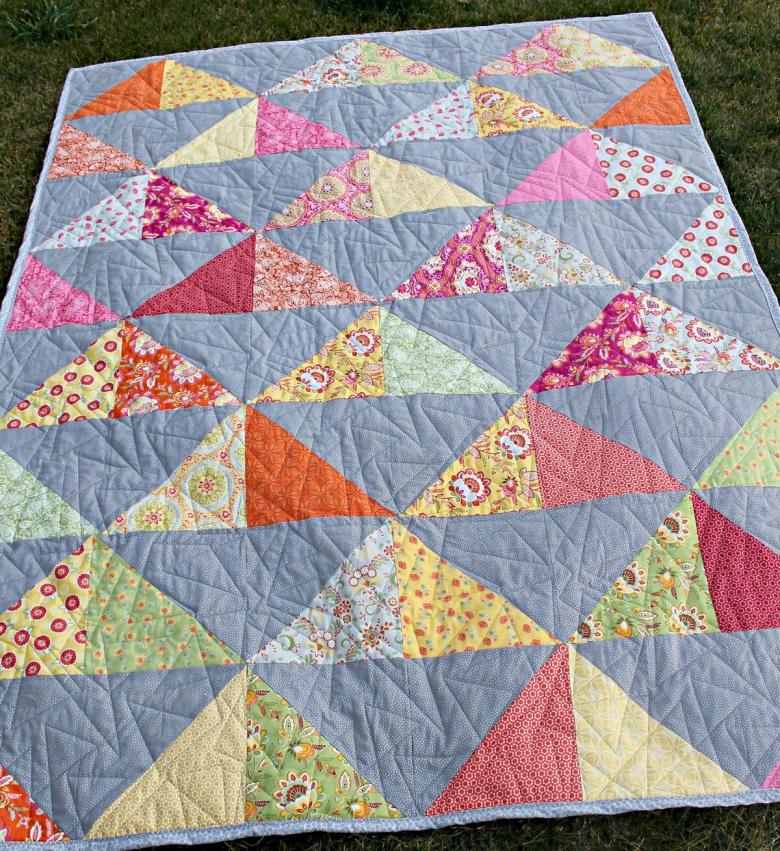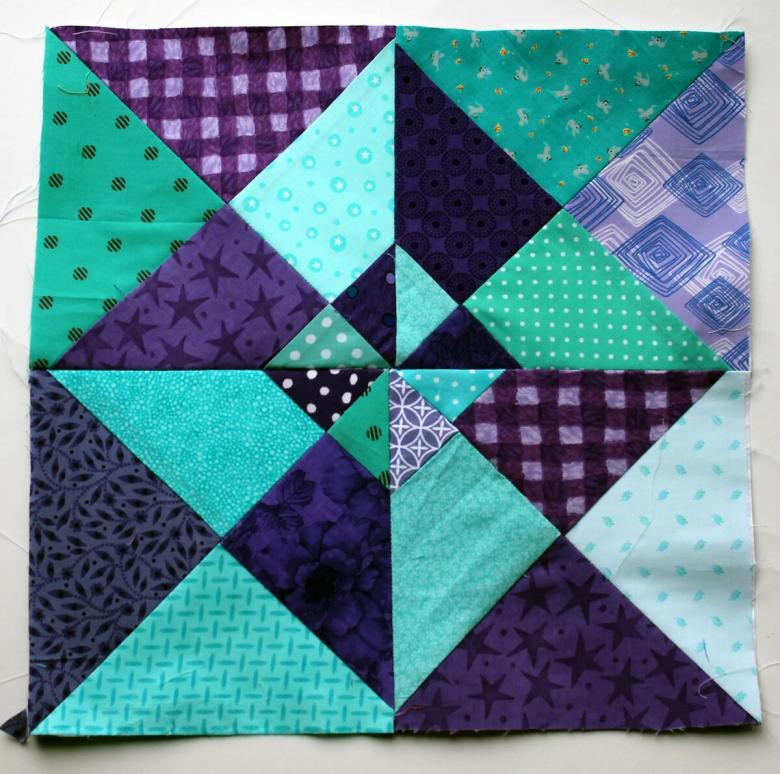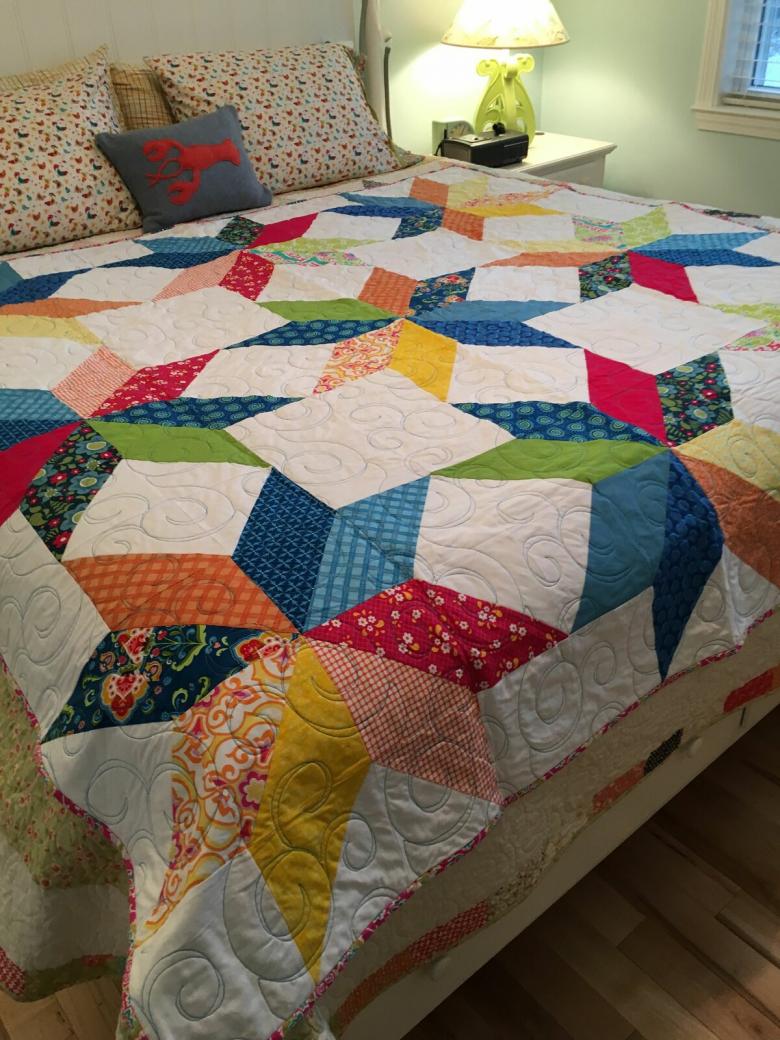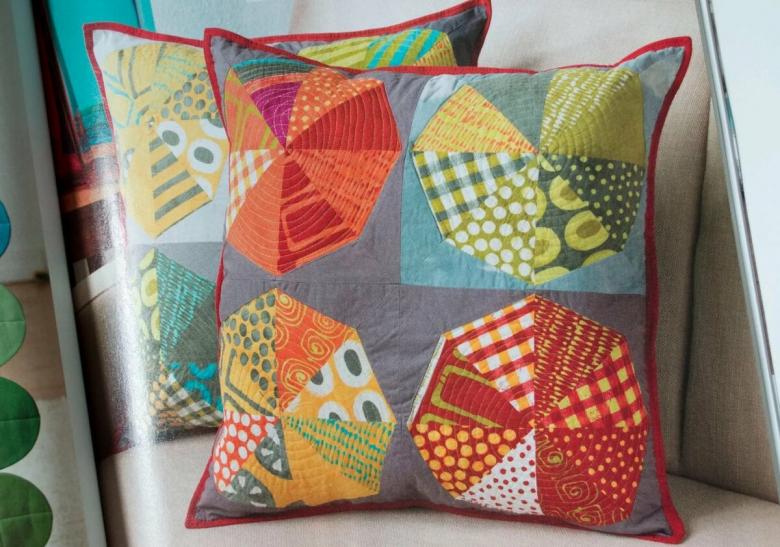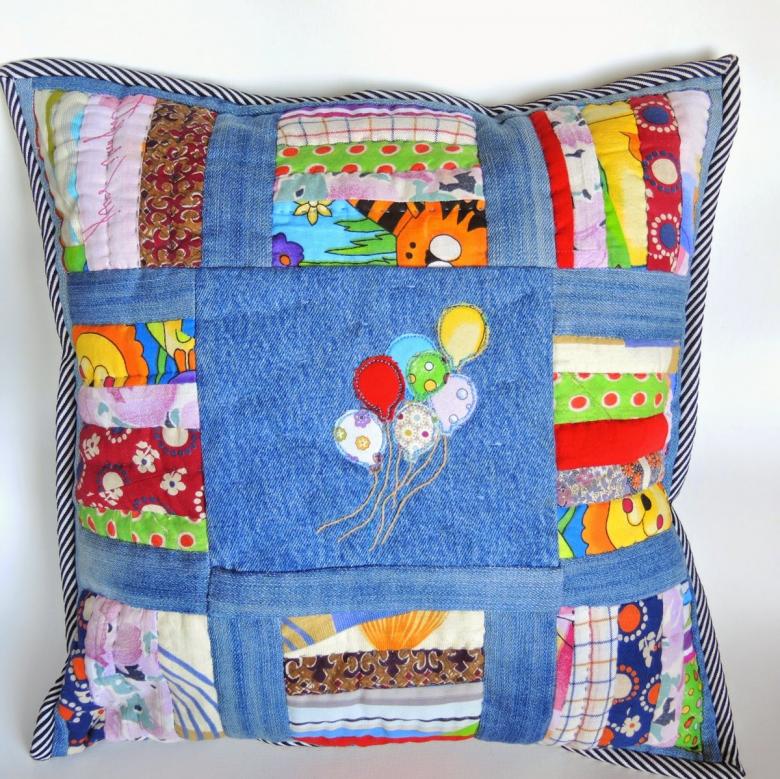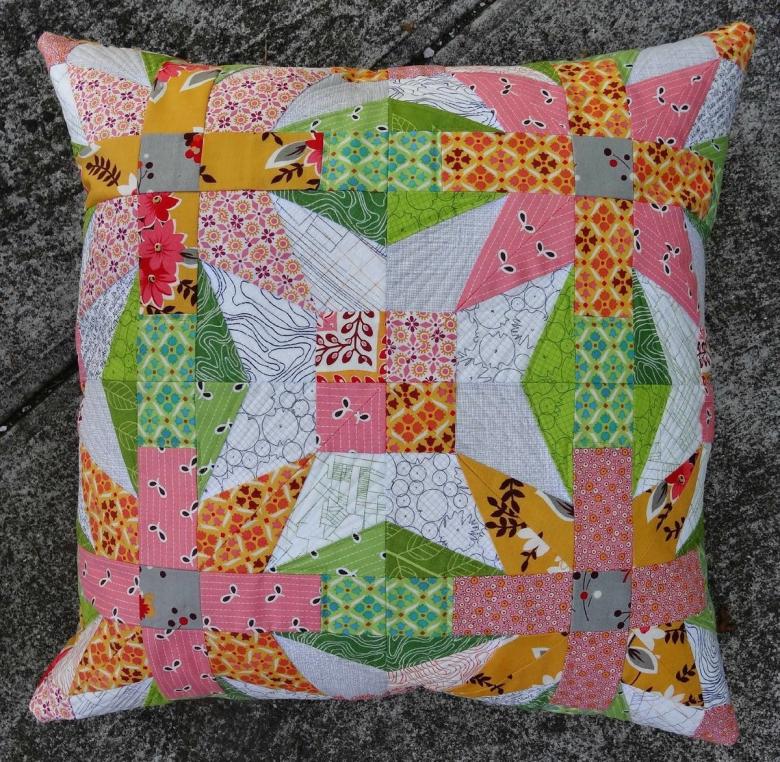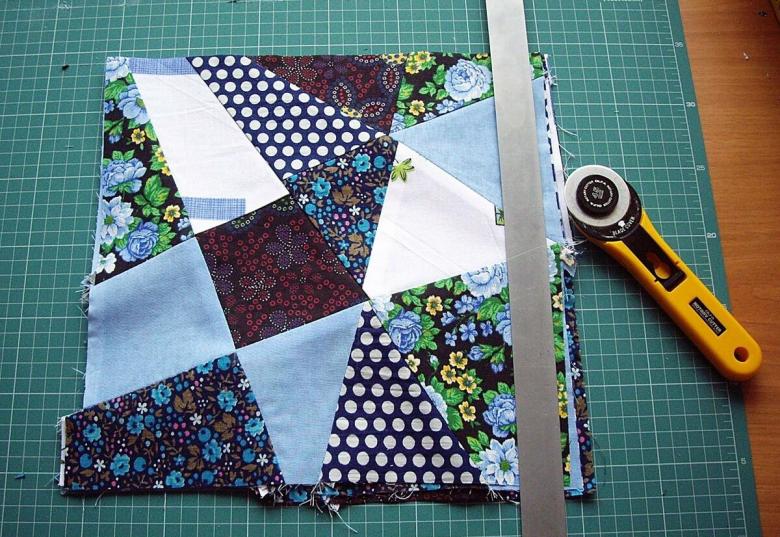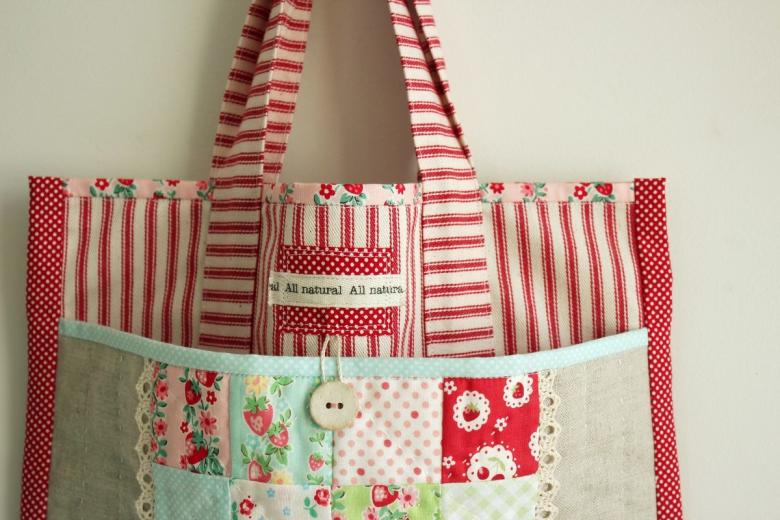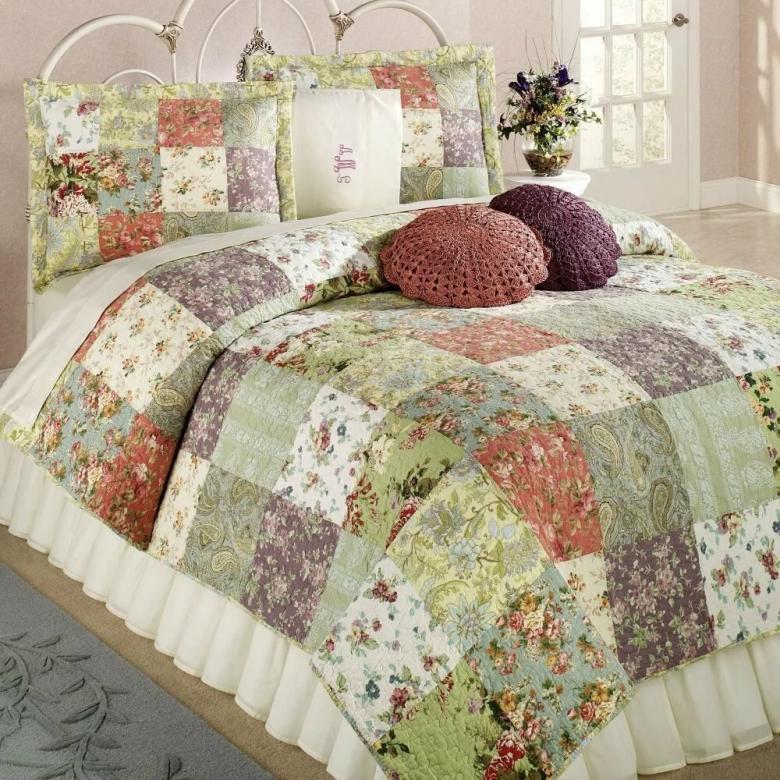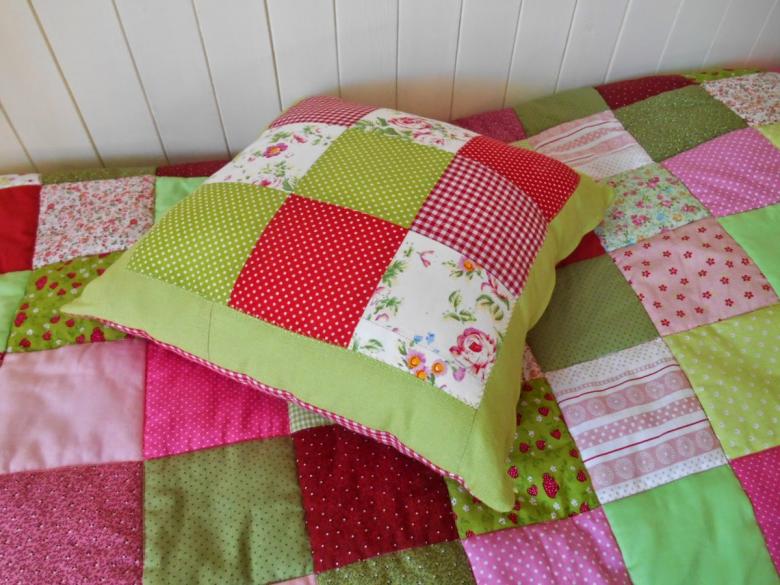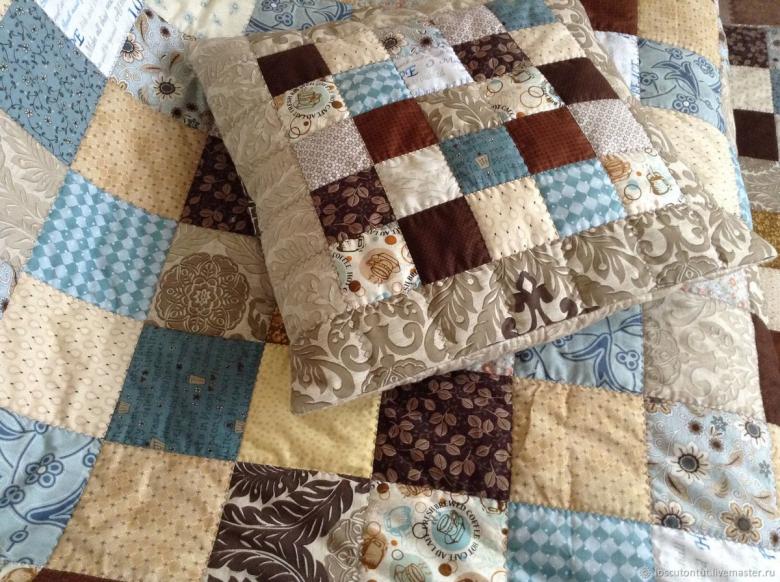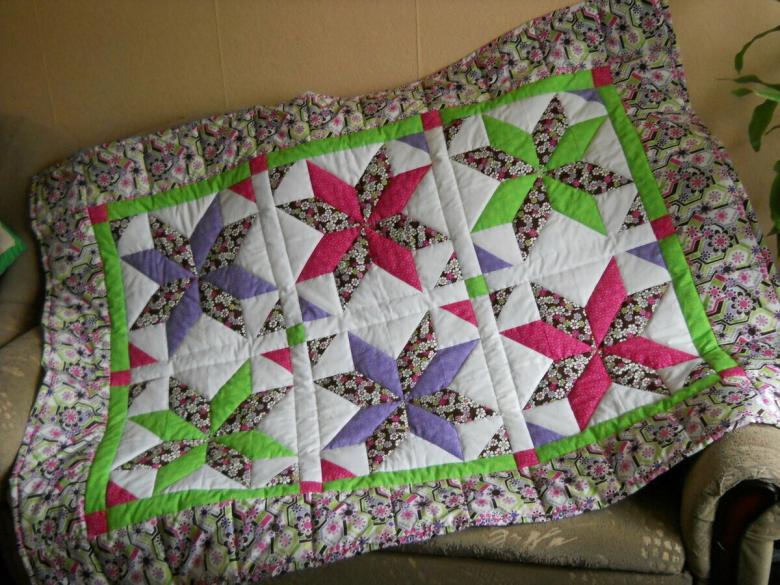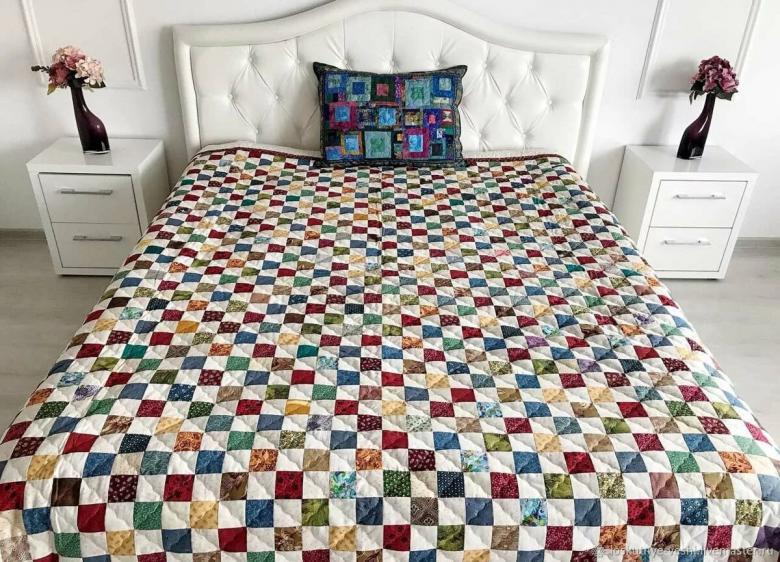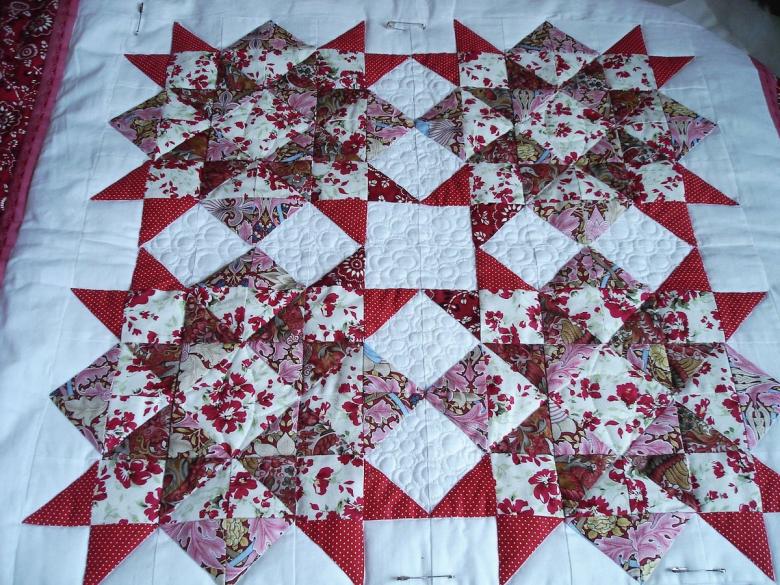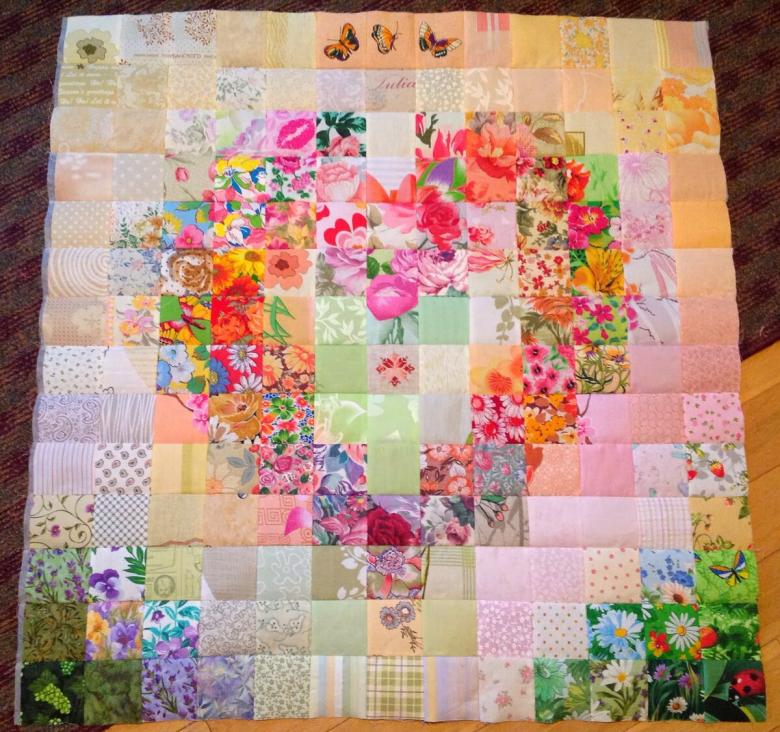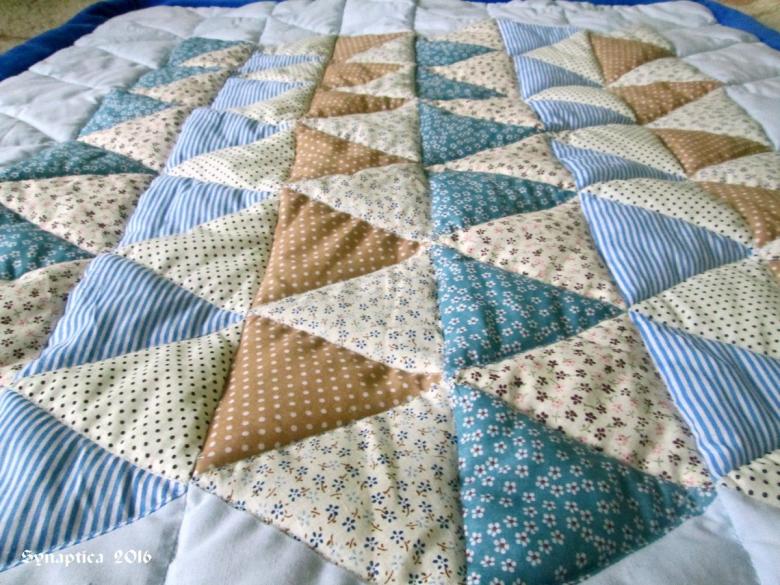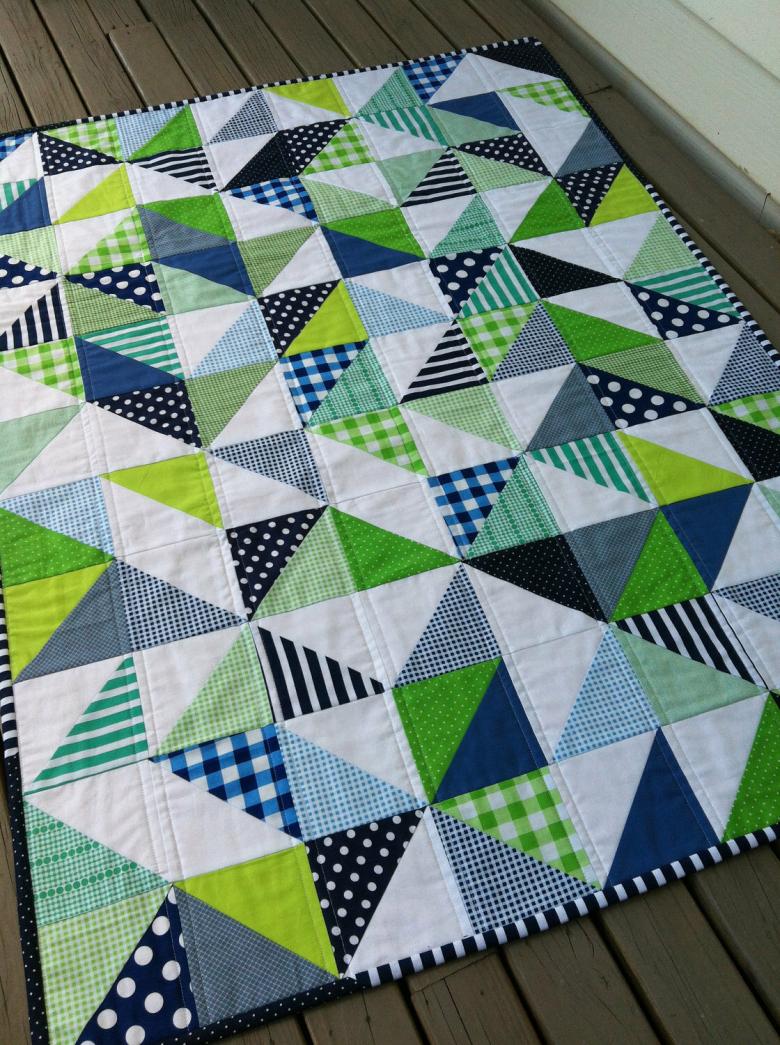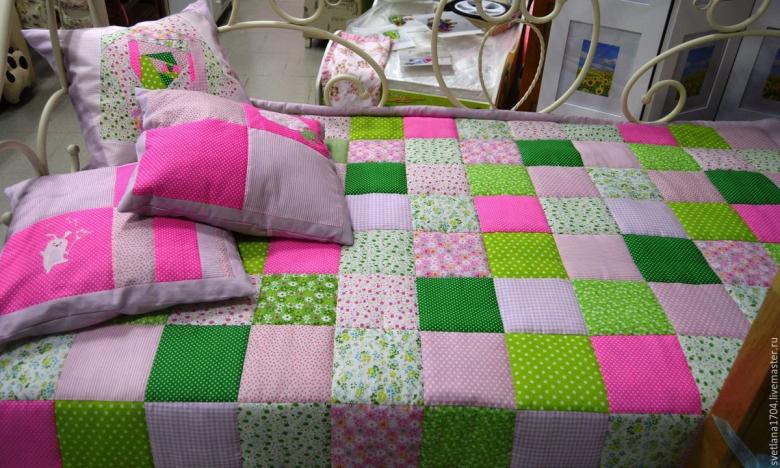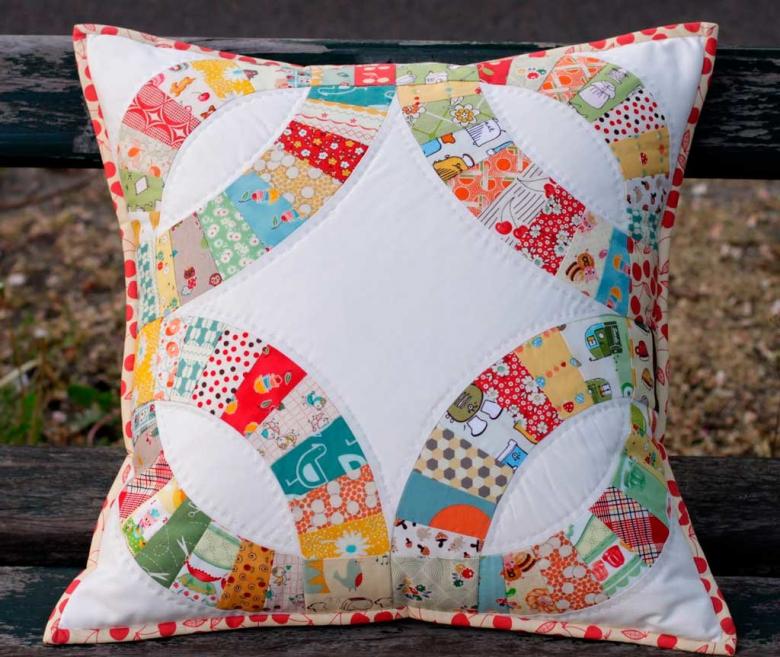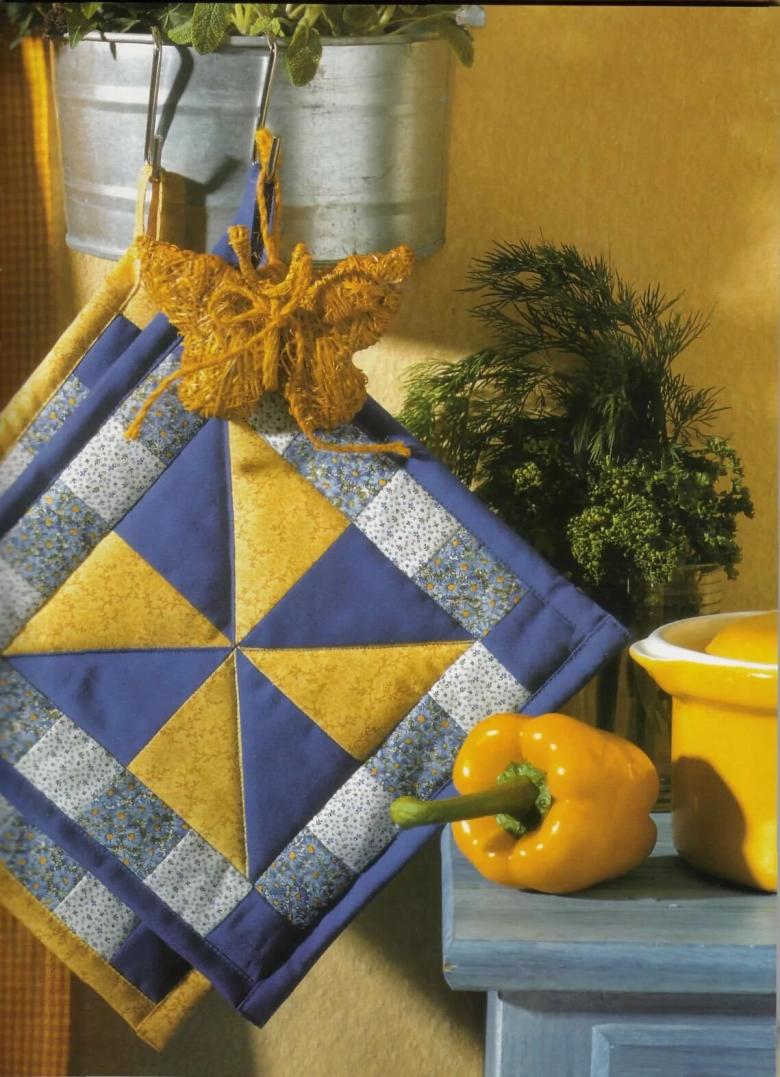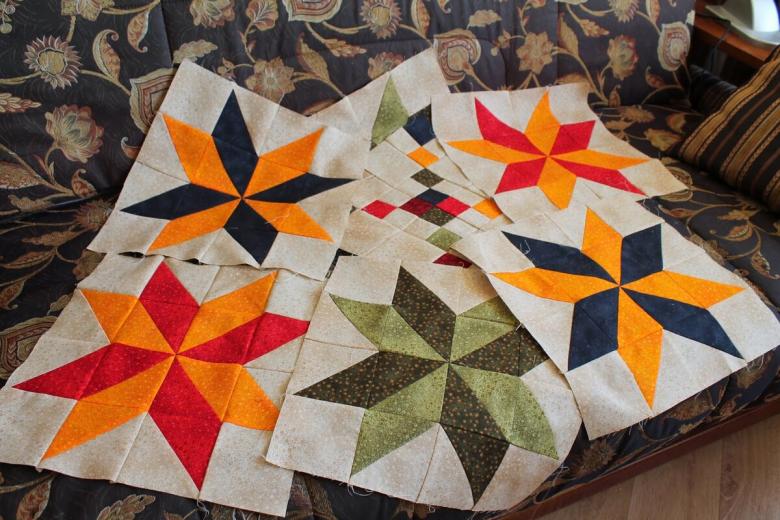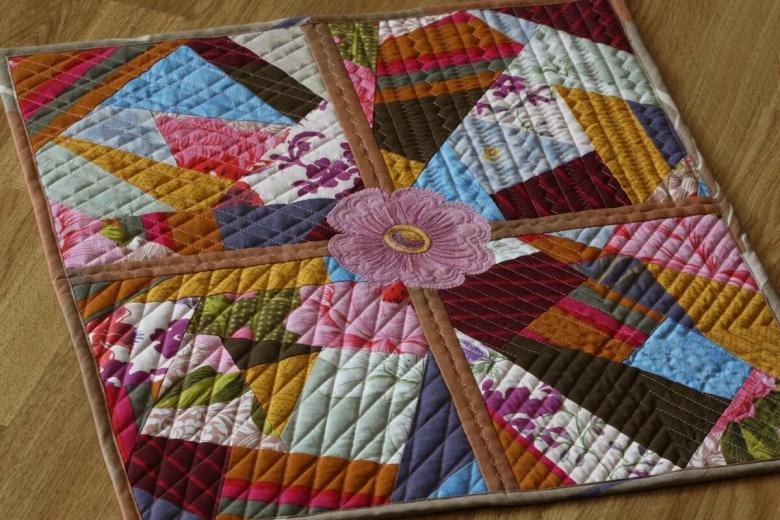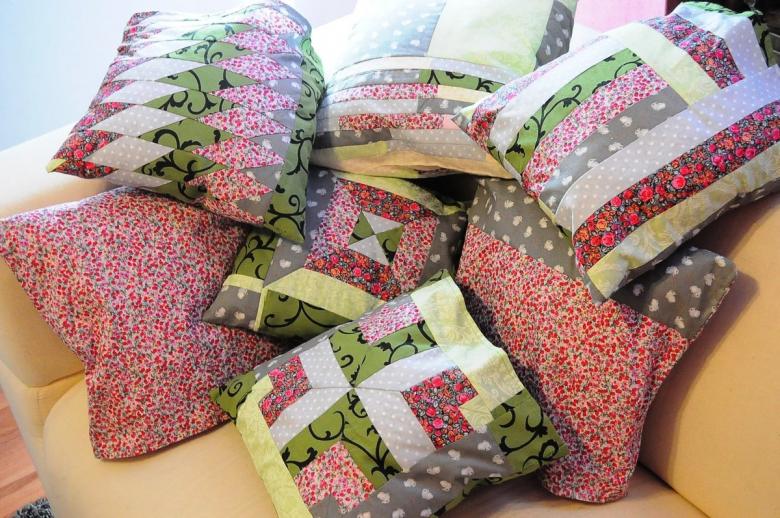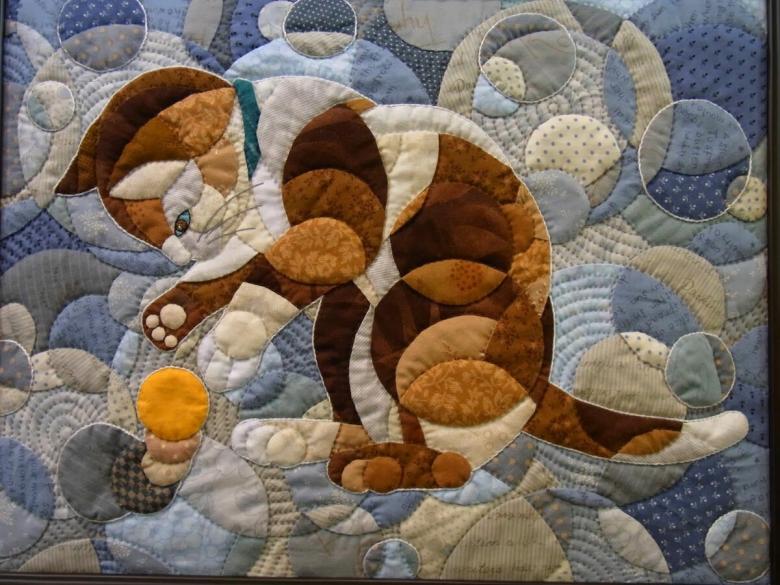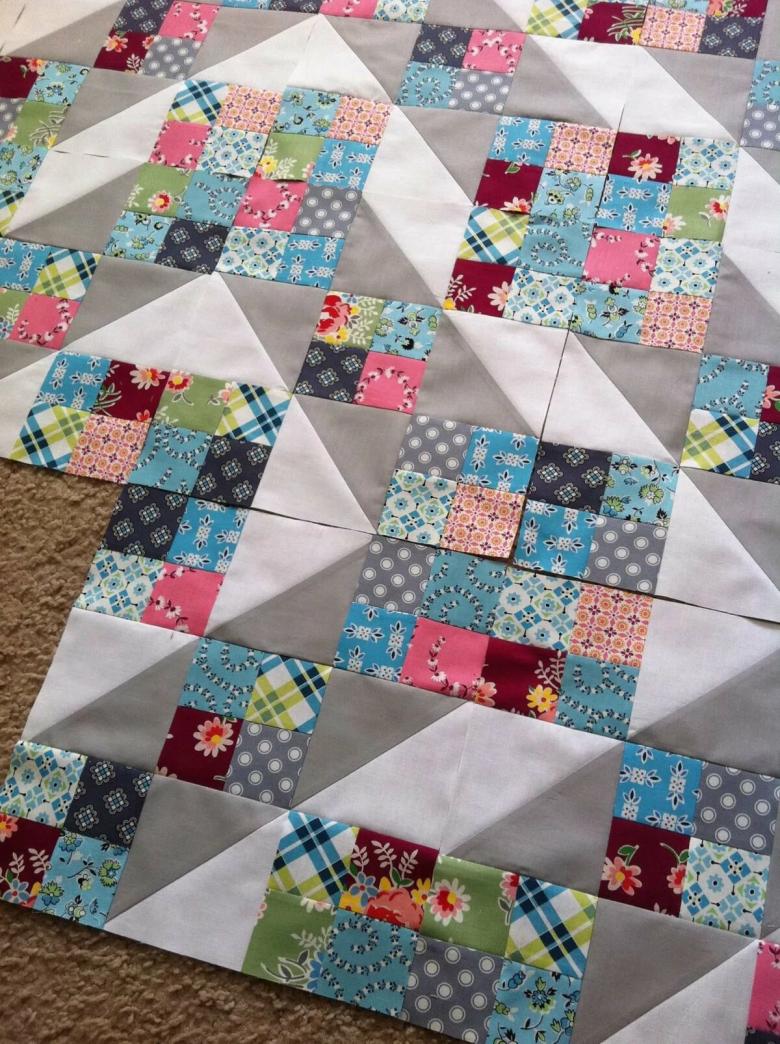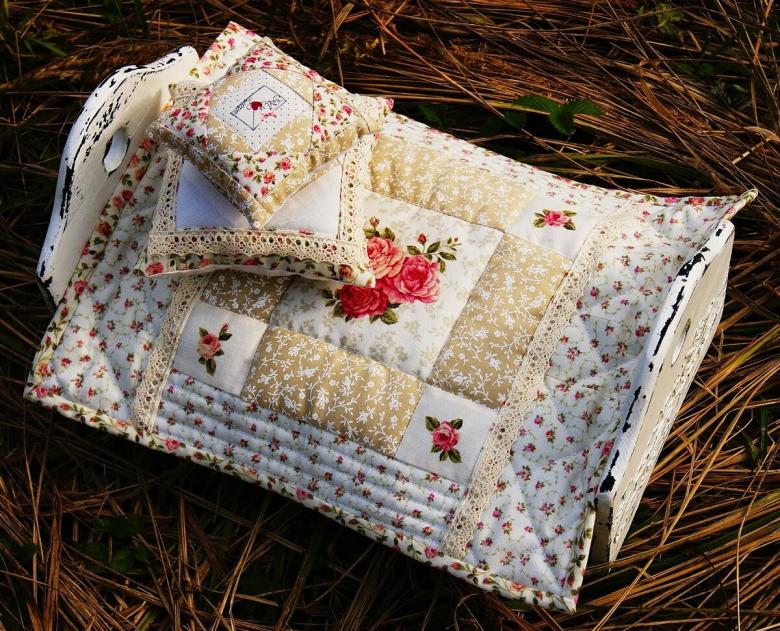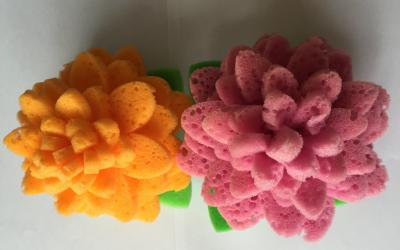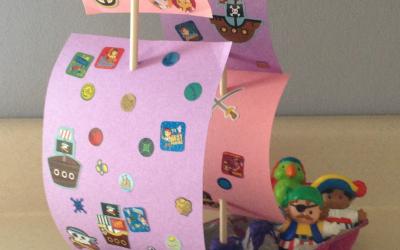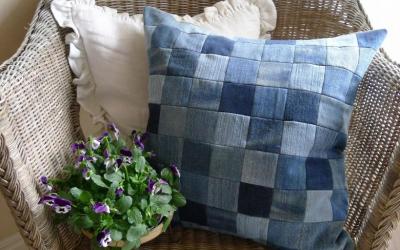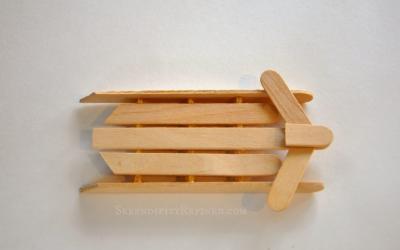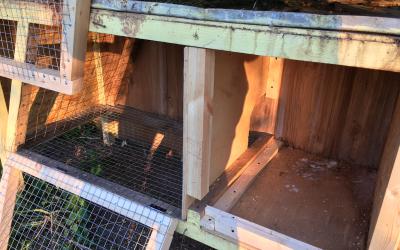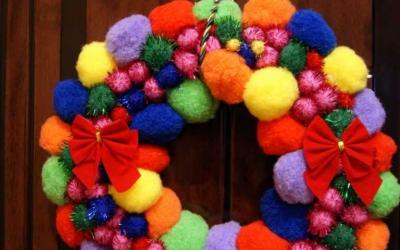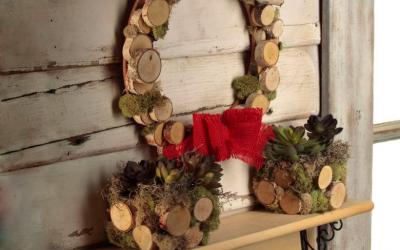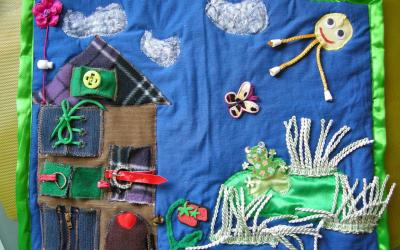Patchwork for beginners - detailed step by step description of techniques, tips and photo ideas
Patchwork, or, as it is called by another name, patchwork is not very popular, but very interesting kind of needlework. This article will describe in detail what the technology is and will consider step-by-step schemes of patchwork for beginners.
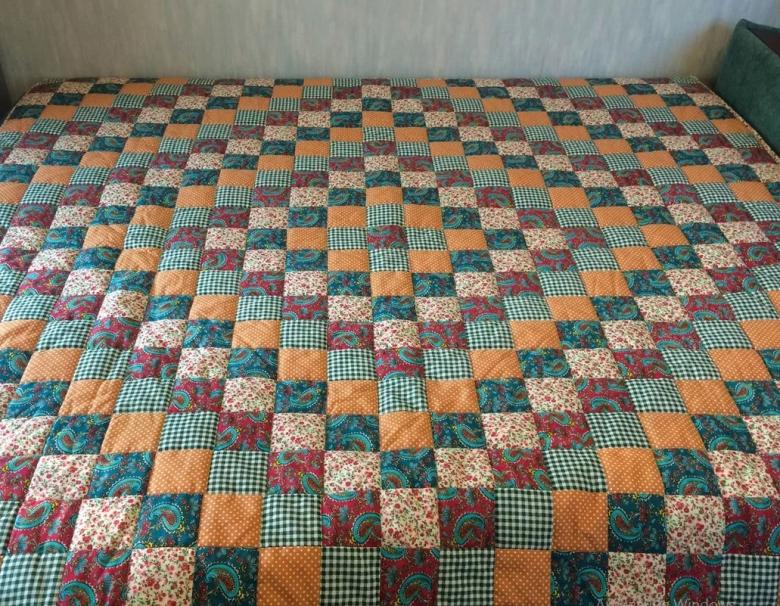
Classification
This technology is divided into several varieties:
- Patchwork. Scraps or pieces of different fabrics with different sizes are taken.
- Quilting. Already finished fabric is treated with quilted stitches to give it more volume.
- Applique. A base is taken in the form of a lining and trimmed with scraps.
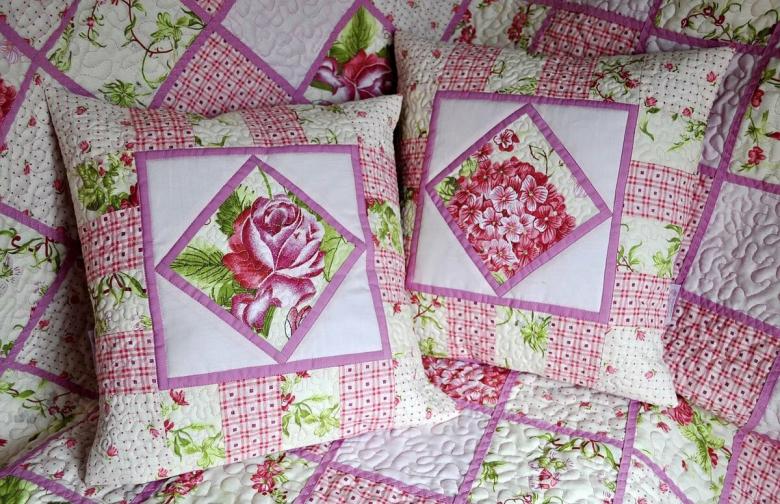
What kind of fabric is better to use for work
For patchwork, absolutely any fabric is suitable, the main thing is that the maker himself likes it. However, not all fabric will be convenient for work, you need to choose high-quality samples.
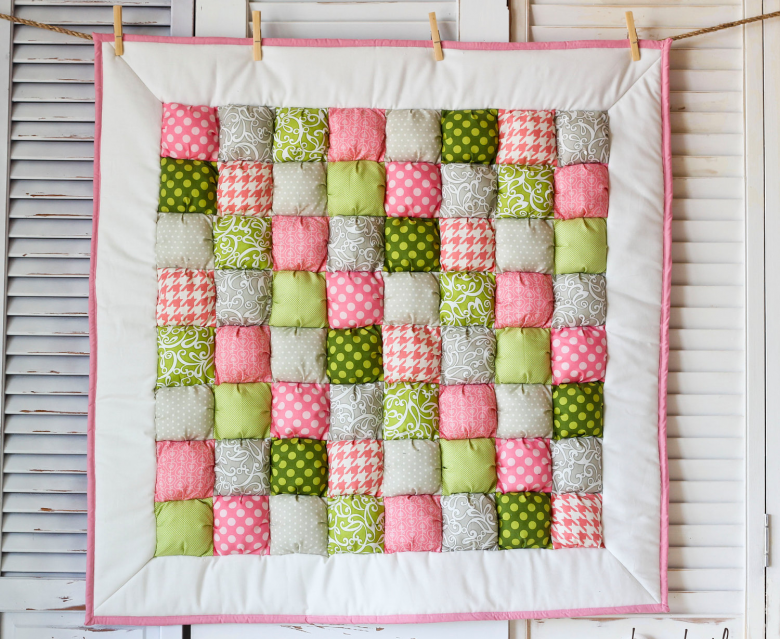
The most popular fabric is cotton. The fabric has a number of advantages:
- Has a low weight and optimal density.
- Does not crumble and does not spill out during work.
- Does not shrink after washing.
- Easily takes the desired shape.
- Easy and quick to bind.
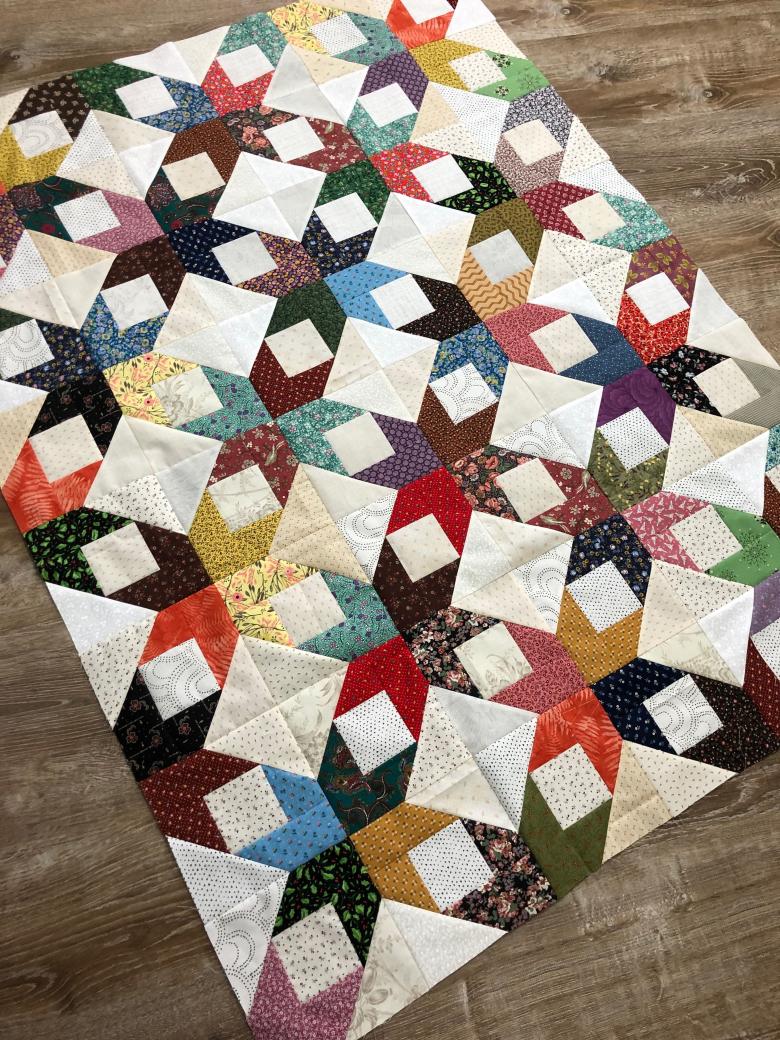
Cotton can compete with linen, as it has a number of unique qualities, namely:
- Does not cause allergies.
- Resistant to wear and tear.
- Conducts air and heat.
- Has resistance to the formation of static electricity.

You can use silk for decoration, but it has a number of disadvantages:
- It electrifies quickly.
- Things treated with it wear out quickly, so it is not suitable for decorating pillows or blankets.
- Mistakes made will affect the beauty of the product. They are difficult to hide.
- Quickly loses its beauty and luster.
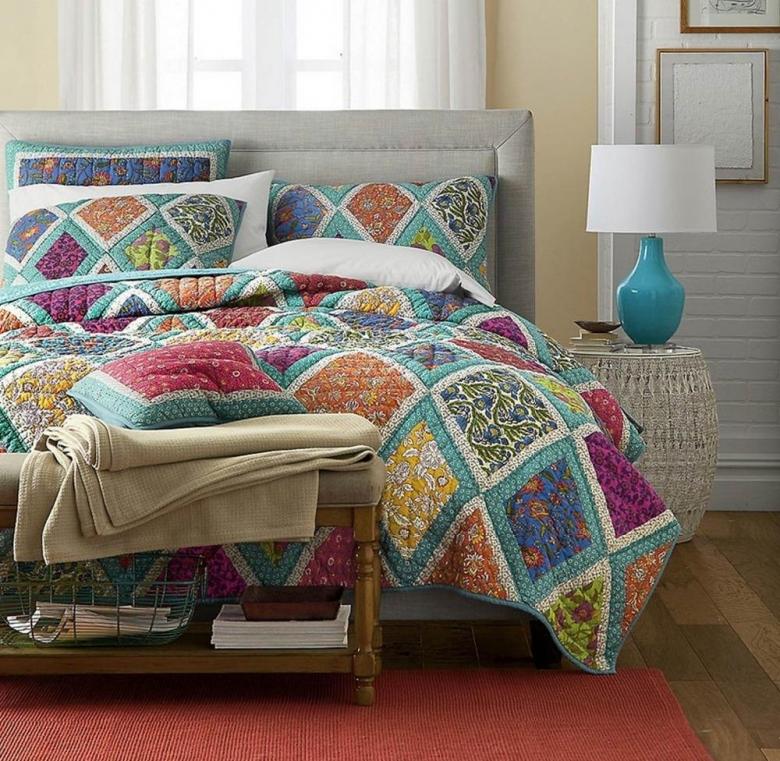
Recently, as a material for patchwork began to use wool. The material has a number of advantages:
- Maintains the appearance, the material can be crumpled.
- Resistant to dirt.
- The material is elastic.
- Able to absorb moisture without harming the material.
- Durability.

The only difficulty is that it is necessary to gain experience in working with wool, and at first it may not work.
Patchwork is not limited to one particular kind of fabric, they can be safely combined with each other.
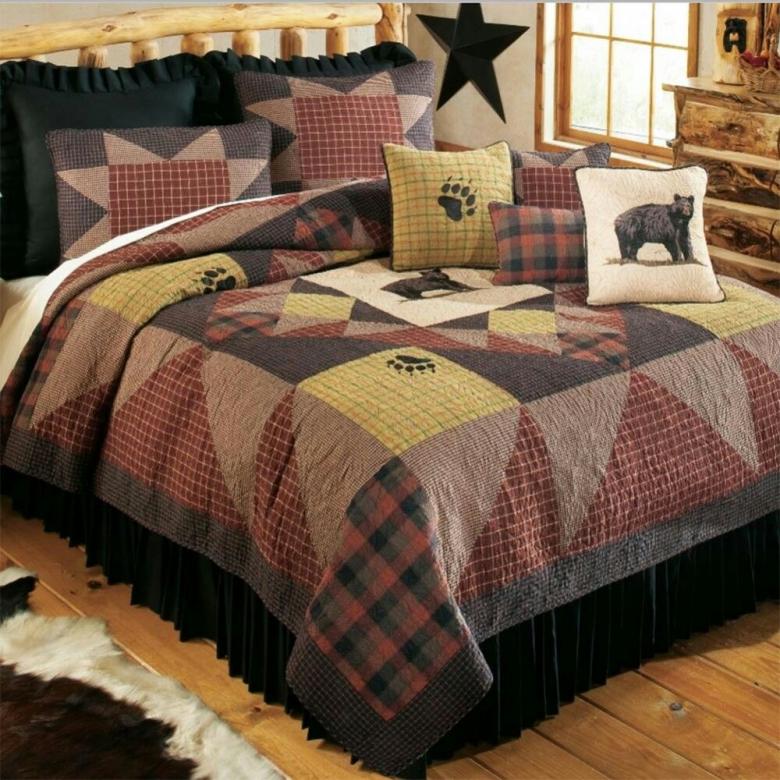
General rules of needlework
In order for the thing to create a pleasant impression, it must be made exactly geometrically and be neat. To do this, some rules must be followed:
- To prevent a piece of patchwork fabric from shrinking after washing, the fabric should be washed and smoothed with an iron.
- If previously used fabric is used for work, it should be treated with a solution of water and starch and ironed.
- Only soft crayons or, in a pinch, a bar of soap should be used to mark the fabric. Pens with ink and pencils will not work in this case.
- Cut the fabric in the direction of the grain. This will help avoid unwanted deformations when sewing.
- To avoid deformation, strips and patches of fabric should be smoothed across.
- All patterned flaps should be ironed in the same direction.
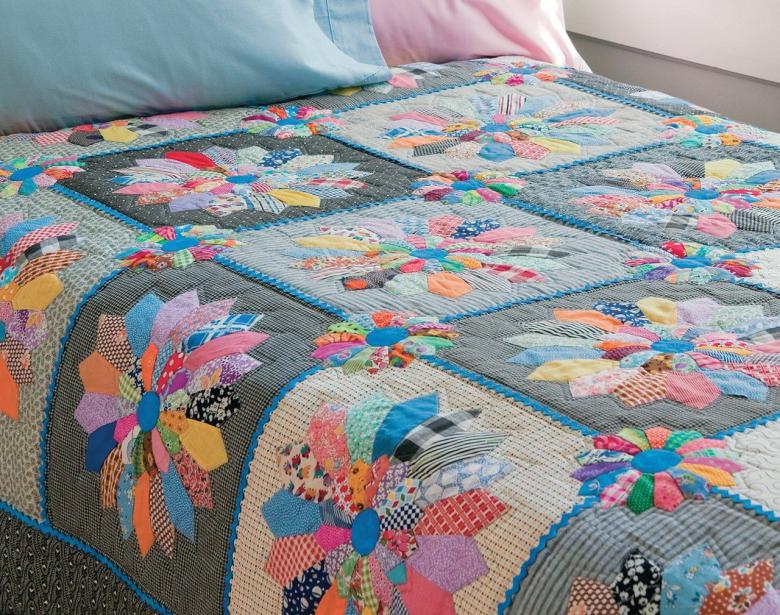
If you plan to make a large object, before this it is worth creating a reduced sample, in order to correct all the shortcomings and refine the design in advance.
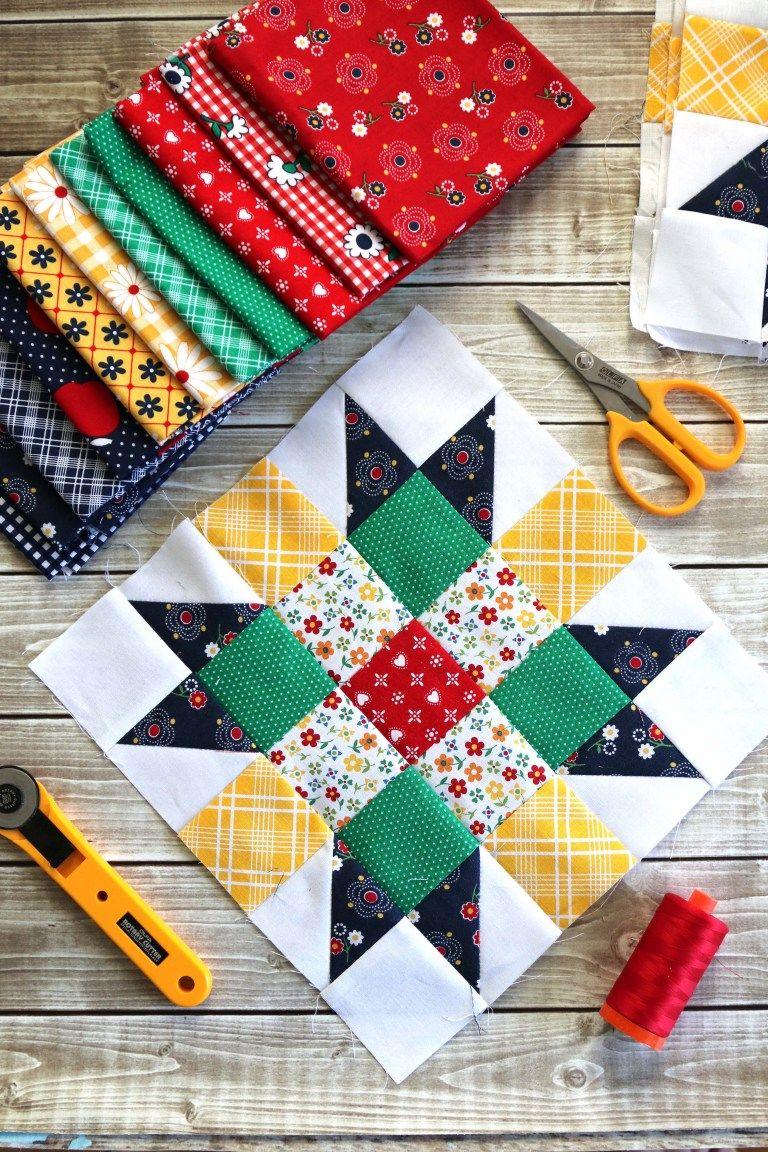
Varieties of patchwork
This handicraft has existed for a long time, during which time has managed to acquire many different types and varieties.
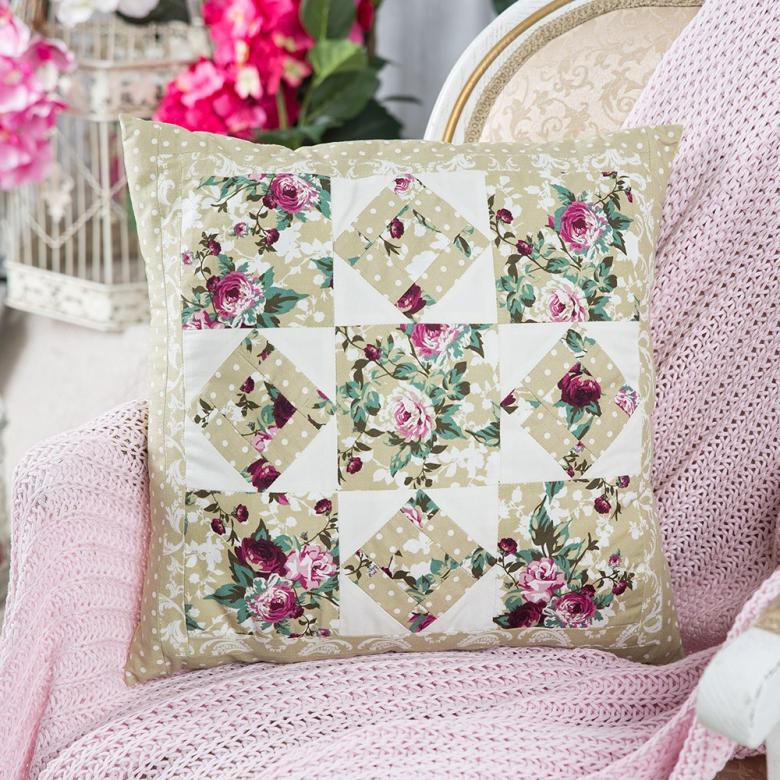
English
This type refers to the traditional technology, which consists in the use of patches of certain geometric shapes and sizes. There are combinations of different colors. Suitable for designing quilts, pillows and other bedroom and leisure accessories.
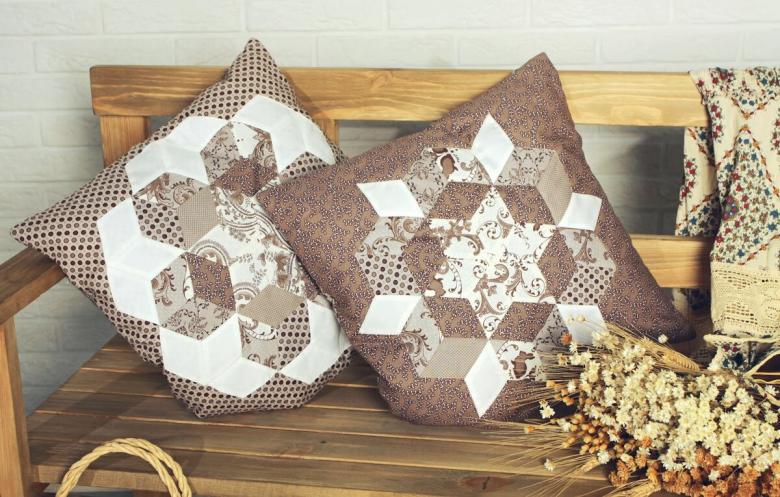
Japanese
Japanese patchwork is an ideal option for beginning needleworkers. Its style is dominated by large sizes of fabrics and patchwork. The style adheres to Eastern traditions.
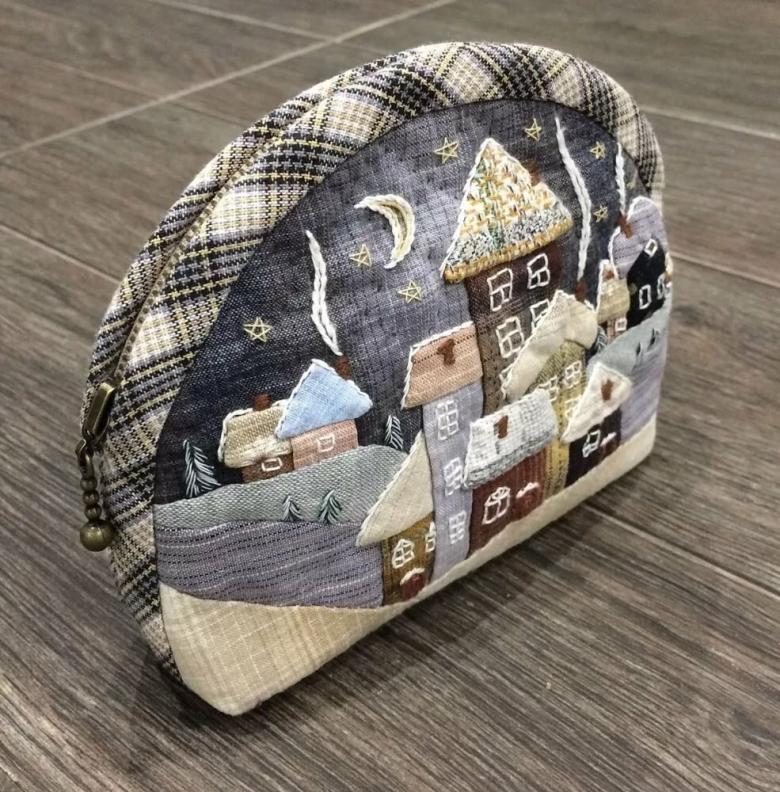
The main figures of this style are:
- Square.
- Rhombus.
- Rectangle.
Below will be considered step-by-step schemes of work in the style of Japanese patchwork for beginners.
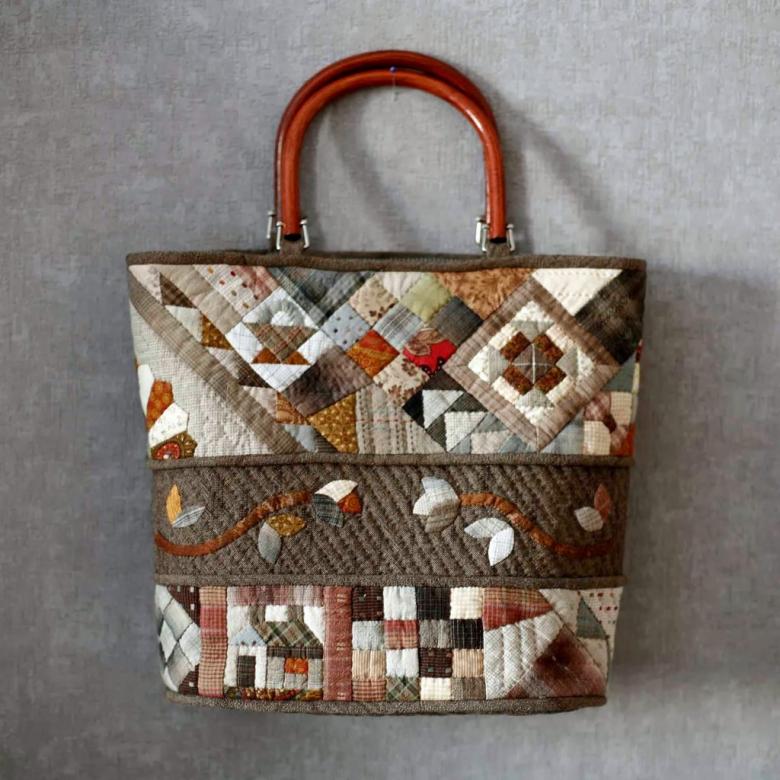
Knitted .
This type remotely resembles English patchwork, but in this case the elements are sewn on a machine or fastened with a hook.
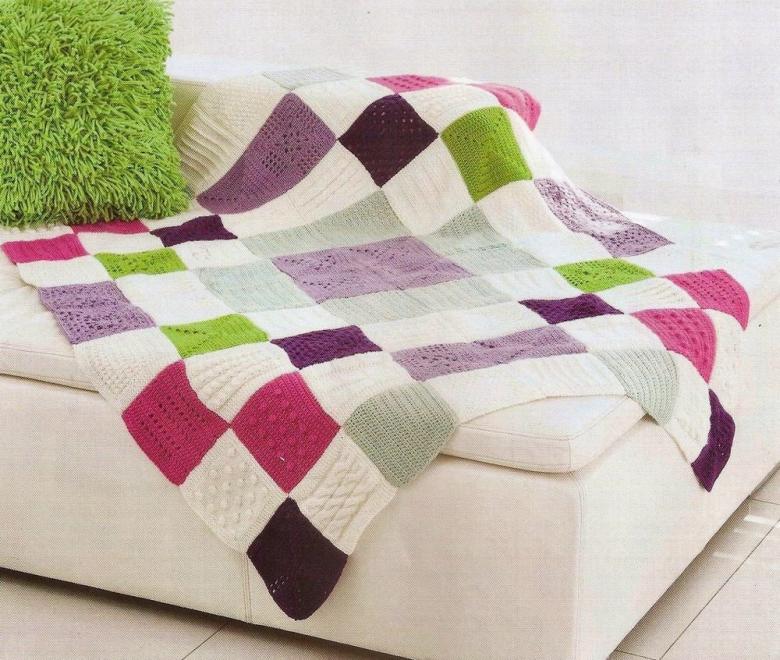
Crazy patchwork
In this case, it is worth forgetting about the correctness of geometric shapes and rules, there is a noble chaos in the style. Various kinds of embellishments are used, such as beads and beads.
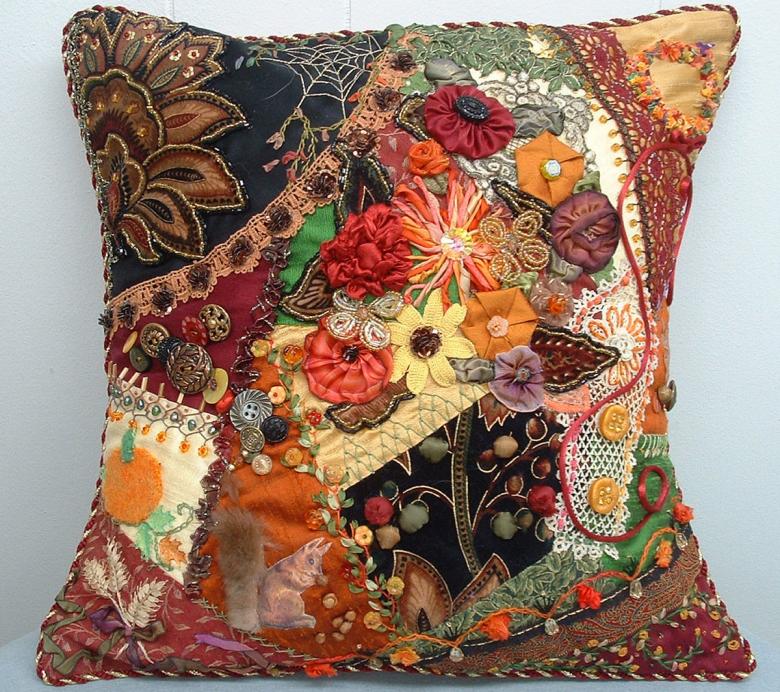
Quilt
The quilt technique uses two different fabrics that are joined together. The middle is filled with a soft padding. The products turn out very elegant, because of which the quilt is very popular.
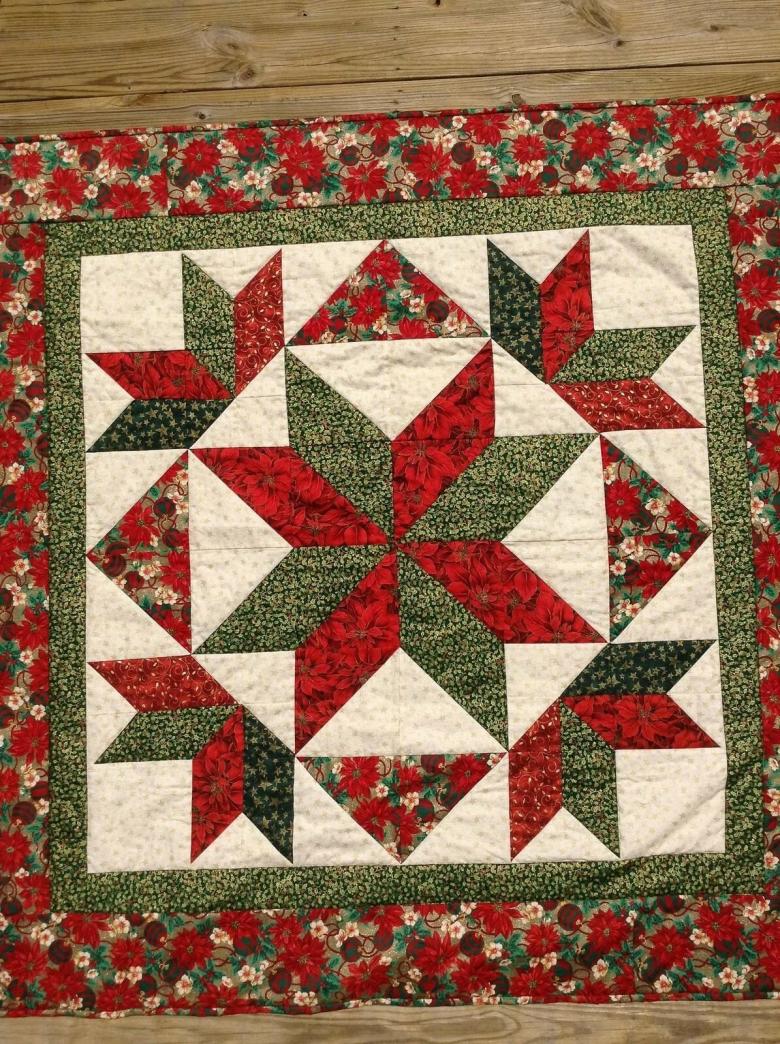
"Watercolor."
This technique uses squares of different colors and patterns. The right pattern creates the effect as if worked with watercolor.
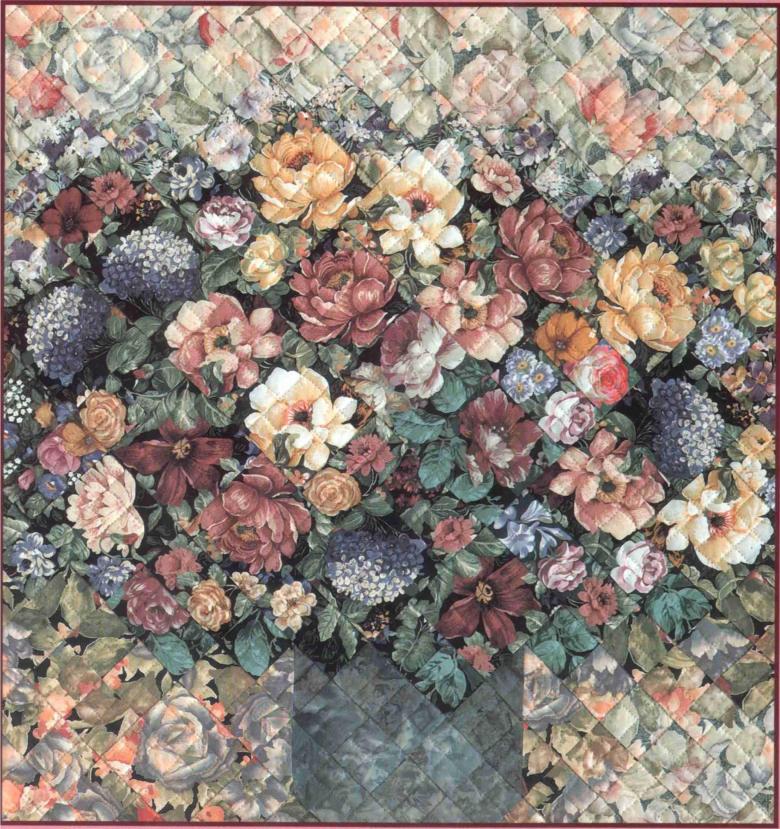
"Well."
The "well" technique is somewhat similar to "watercolor", but in this technique the range of geometrical forms is extended and not only squares are used, but any rectangular forms.
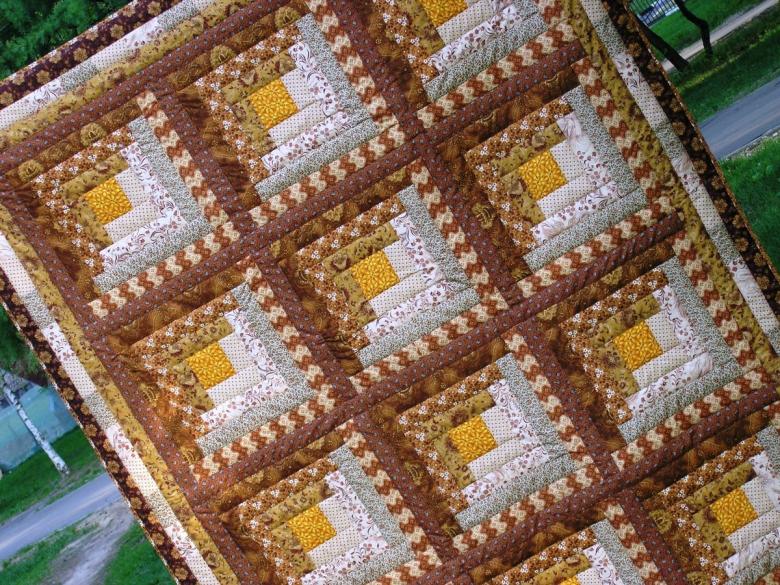
"Jacob's Ladder."
The technique involves squares and triangles, from which a canvas of original patterns is created. When assembling the fabric with this technology, it is worth relying on a special algorithm of assembly.
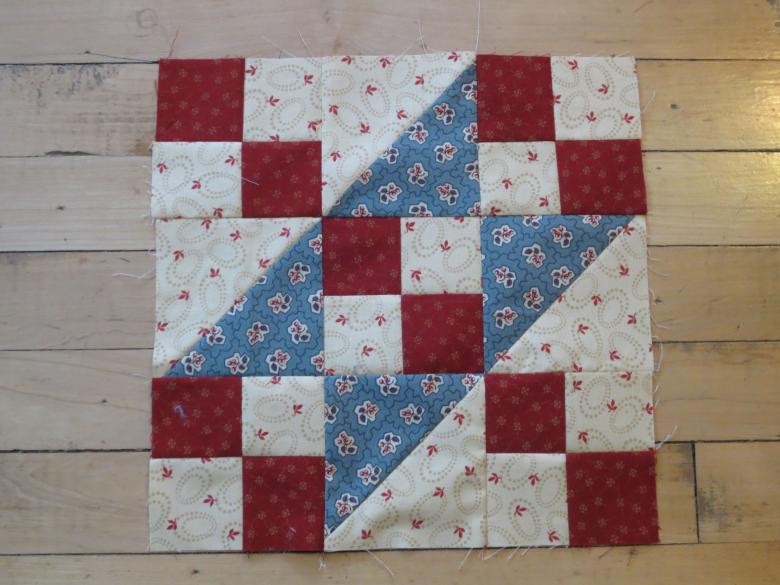
"Bargello."
Strips of the same size but different color shades are used for the work. Then they are joined together in such a way that you get a solid pattern "disconnecting rings".
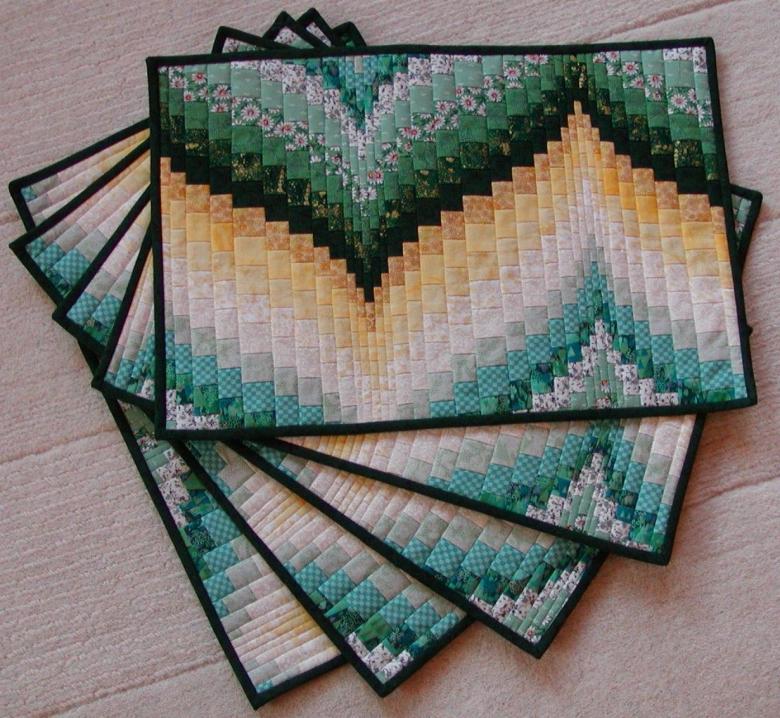
"Pizza."
We take a cloth, on which the scraps of different colors and sizes are thrown in a chaotic order. The resulting creation is covered with a transparent cloth and stitched together.
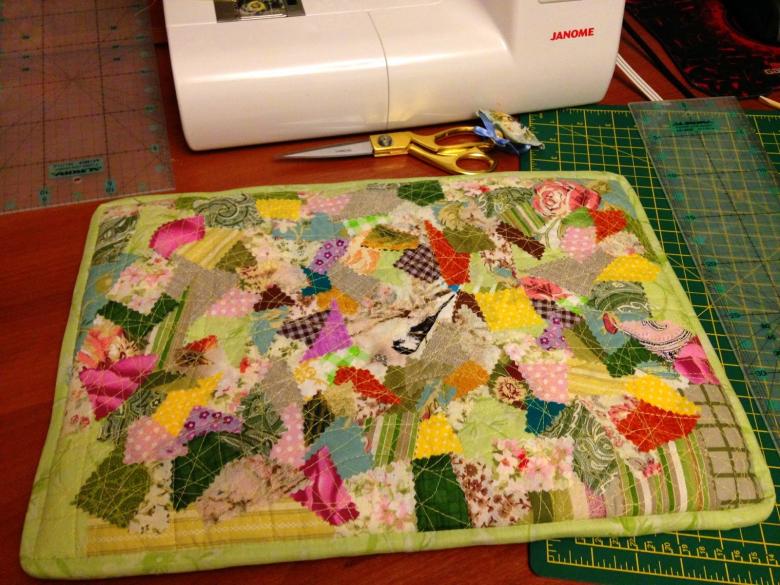
"Boro."
A ready-made item is taken, on which pieces of similar fabric are sewn on top.
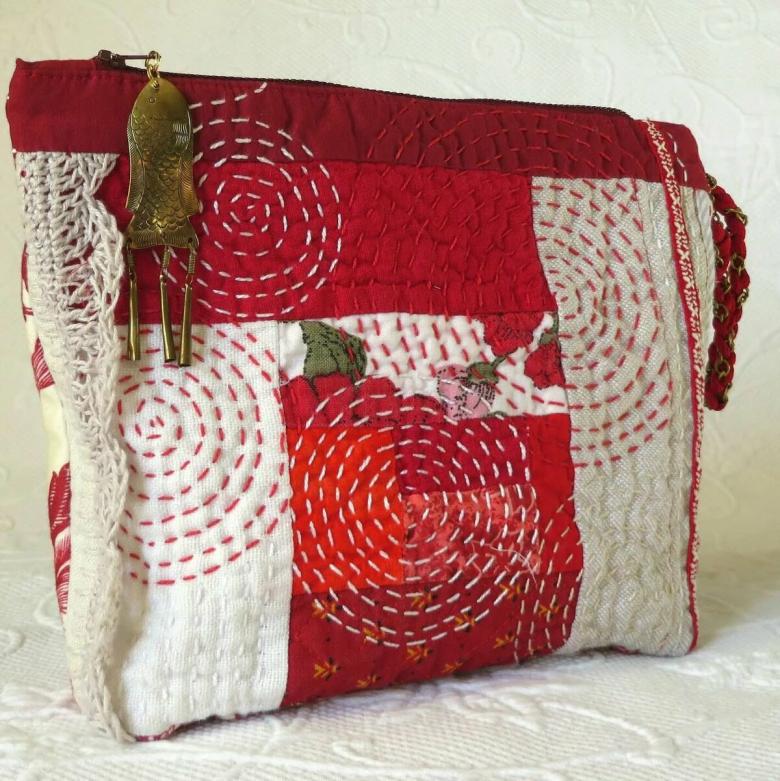
"Lyapochikha."
Pieces of fabric are sewn rows, and then tightly sewn in the middle, resulting in a three-dimensional image.
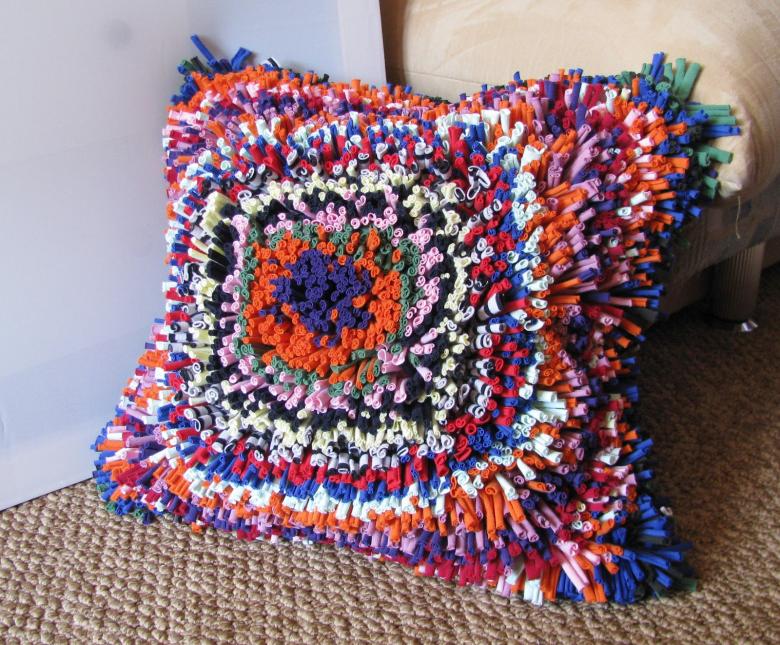
"Magic Triangles".
In this technique, the fabric is made of triangular elements.
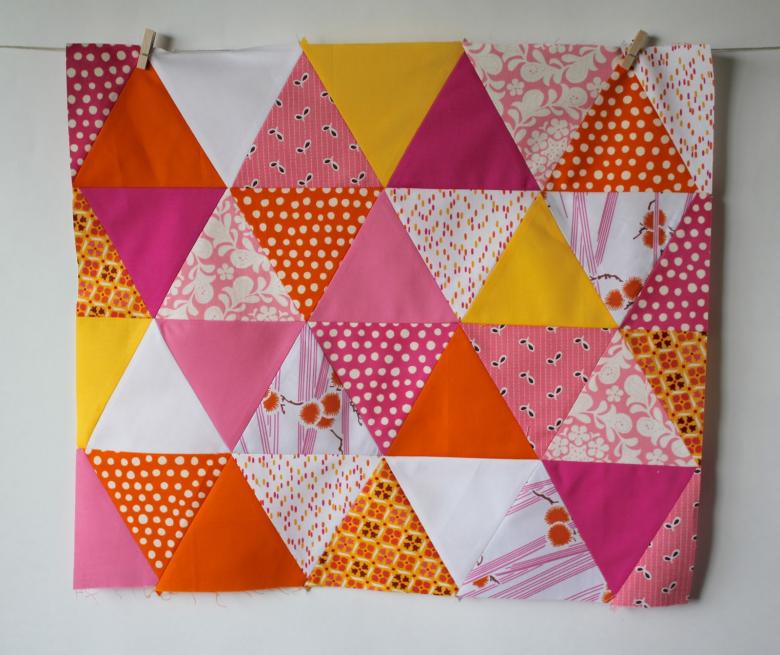
"Honeycomb"
The canvas is created from hexagons, which resemble a bee honeycomb.
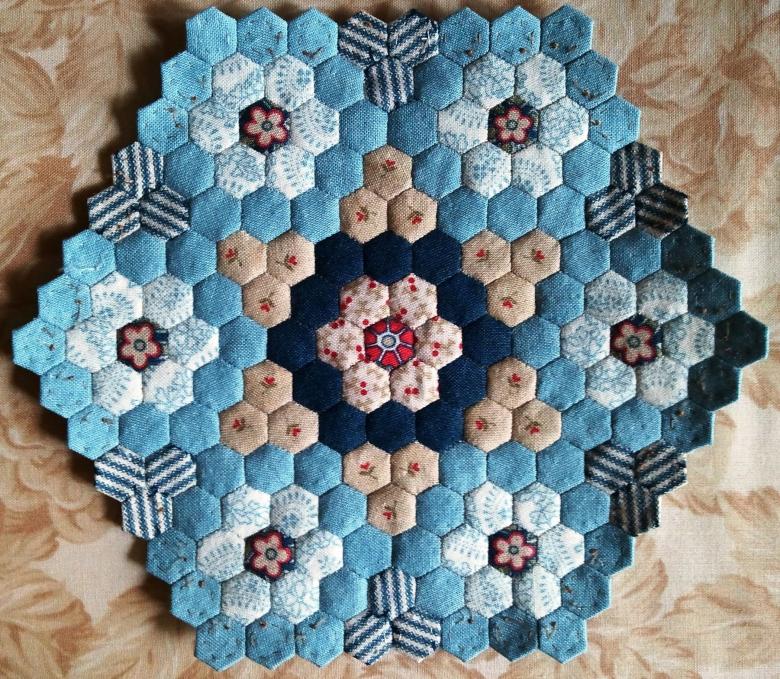
Step by step example of performing patchwork
Blanket
Before you start, you need to buy fabric in different shades of color, filler and make a template.
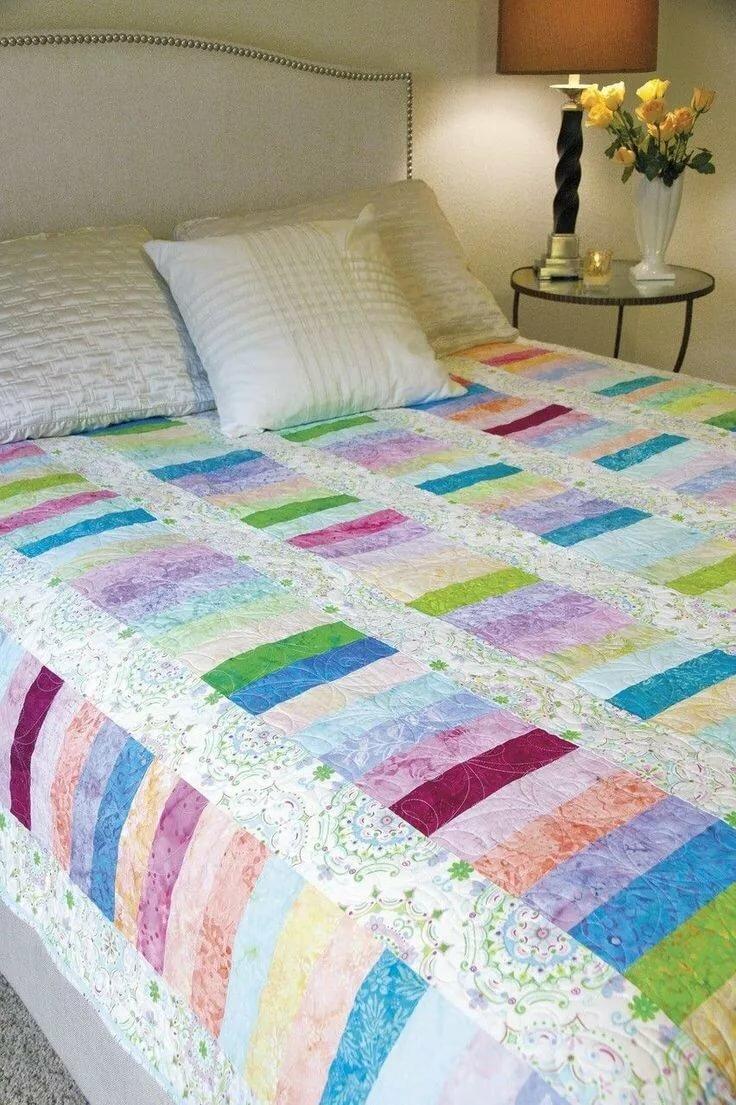
Algorithm of execution:
- Relying on the template, it is necessary to cut the necessary number of flap-squares from the fabric.
- All elements are connected to each other. We get the front side of the quilt. Iron thoroughly with an iron.
- For the base of the quilt it is best to use a fabric of the same tone. Chintz, or any other filler is laid out with a reserve.
- All three layers are folded together and sewn.
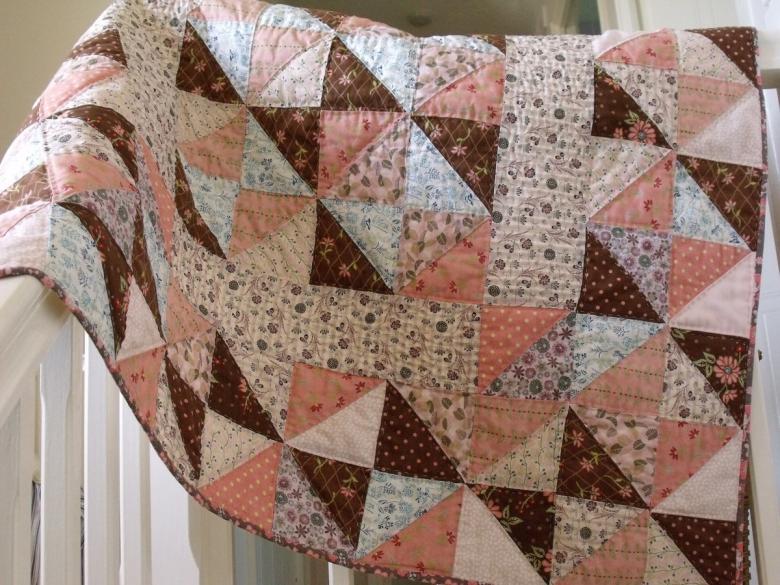
Patchwork is a fairly simple kind of needlework, which allows a person to unleash his creativity and create.

